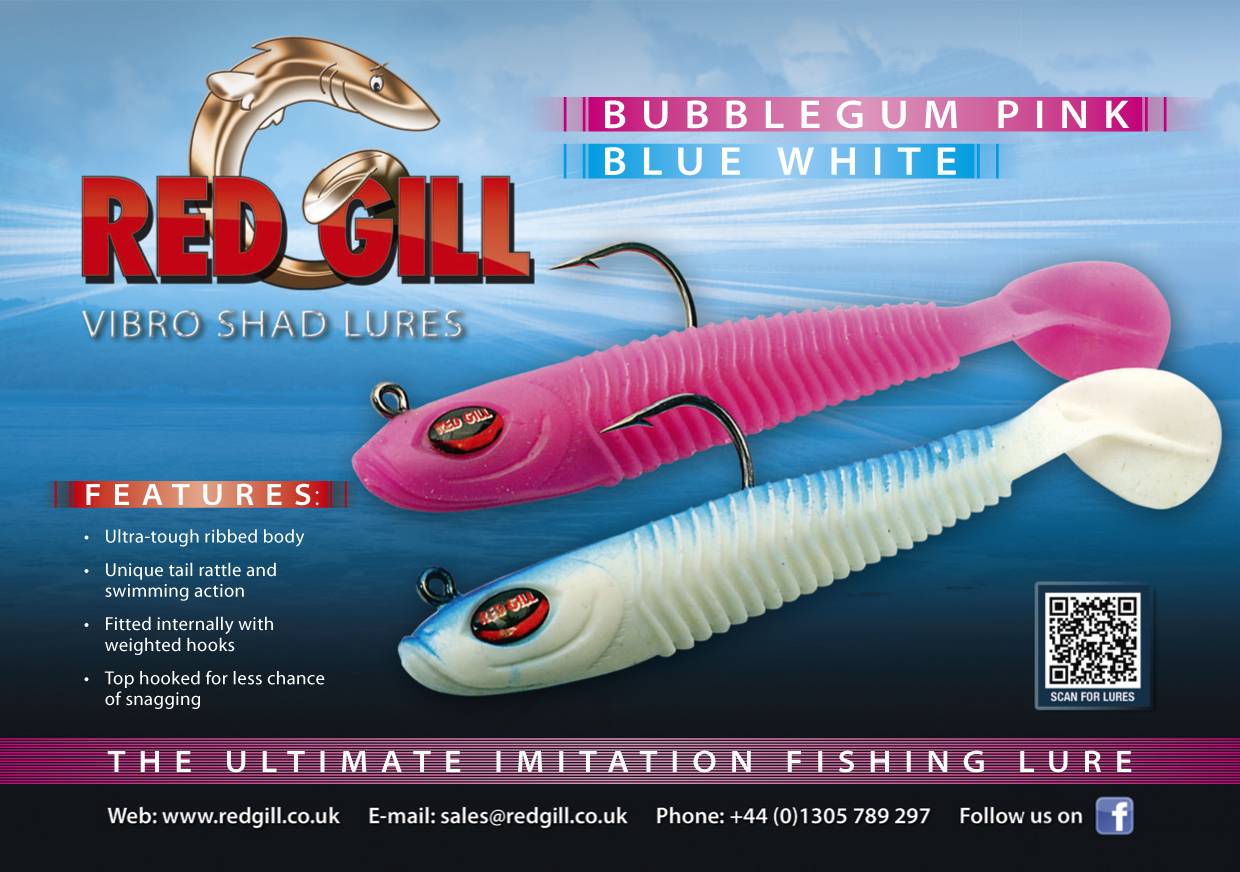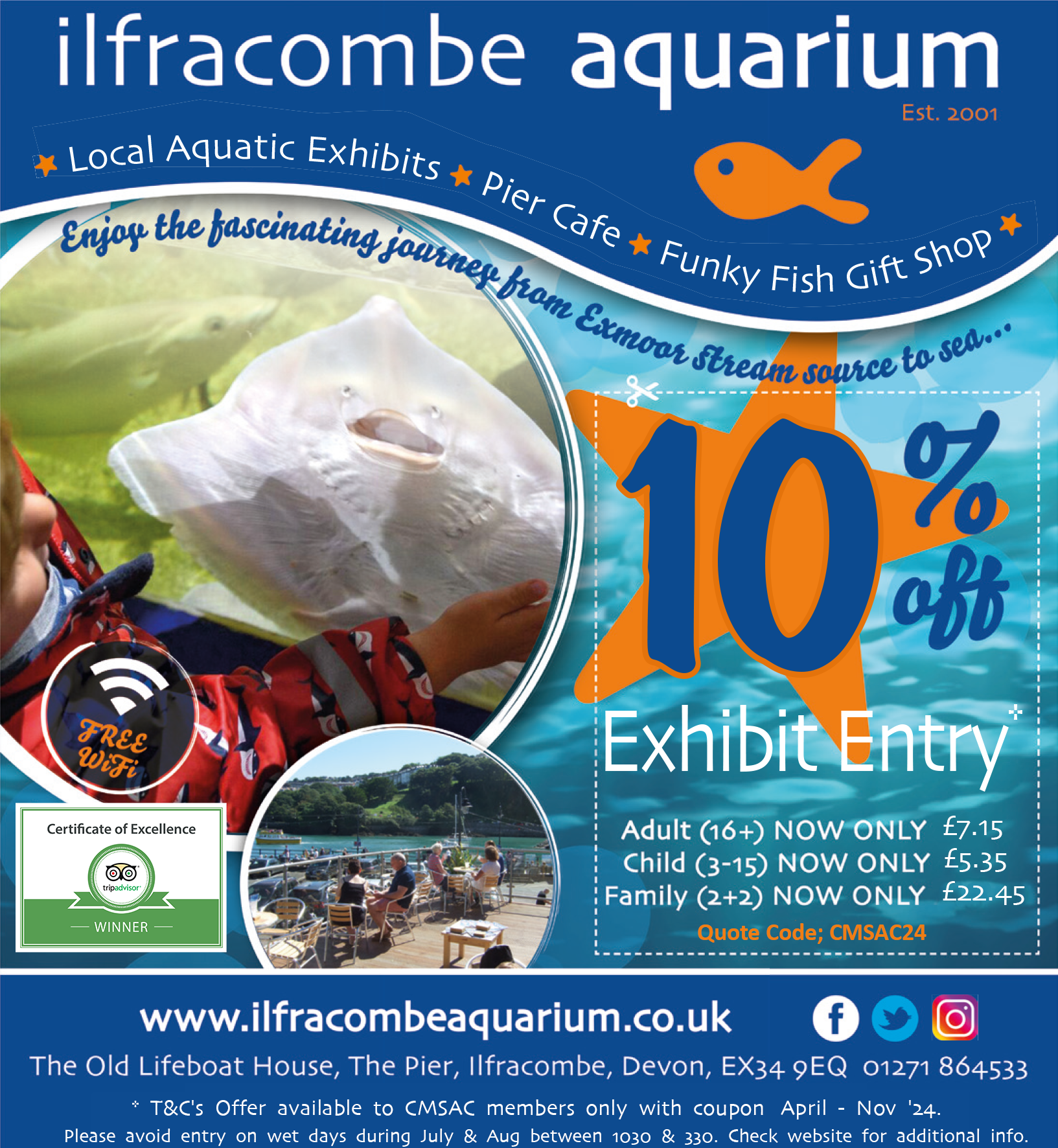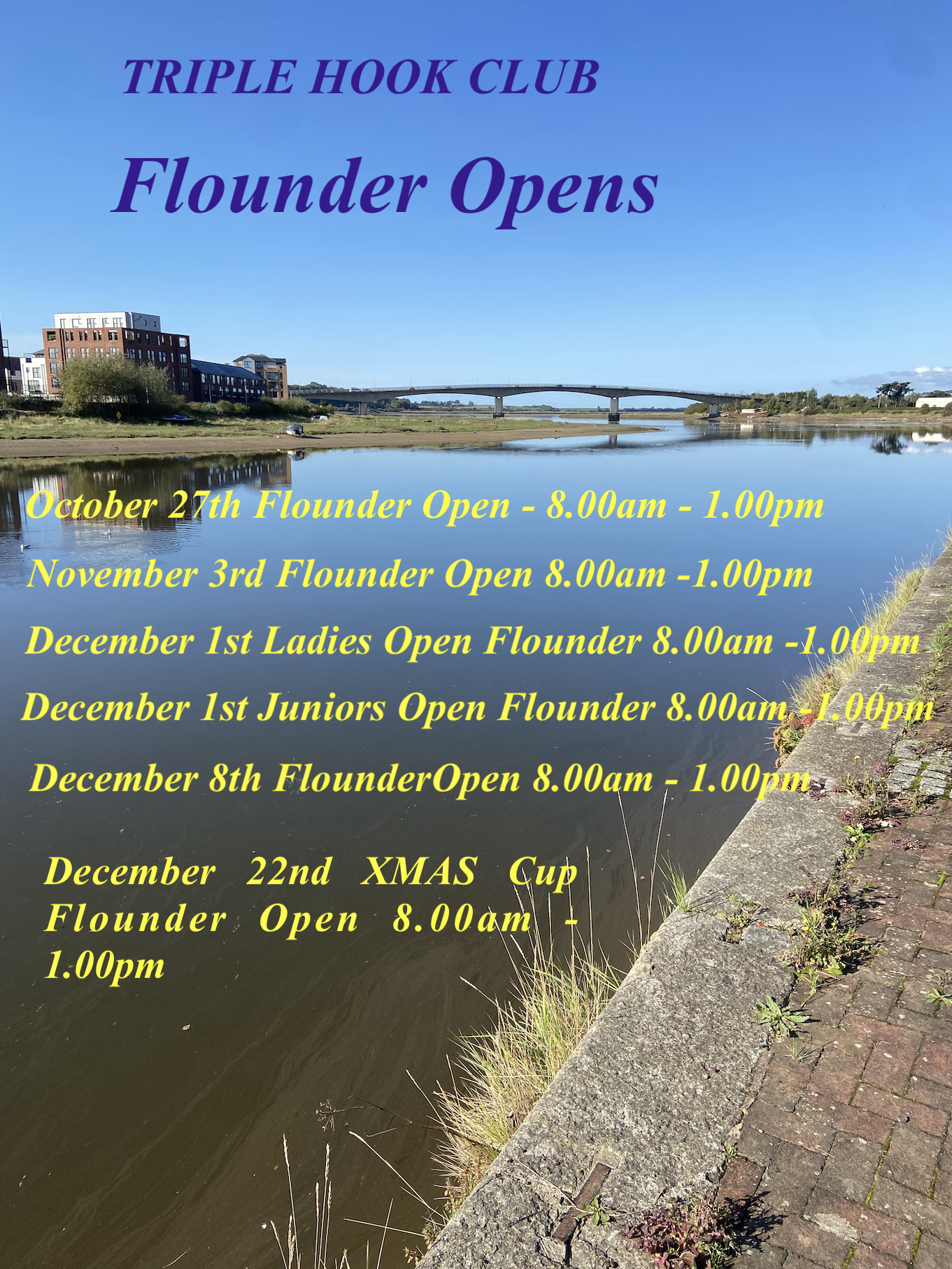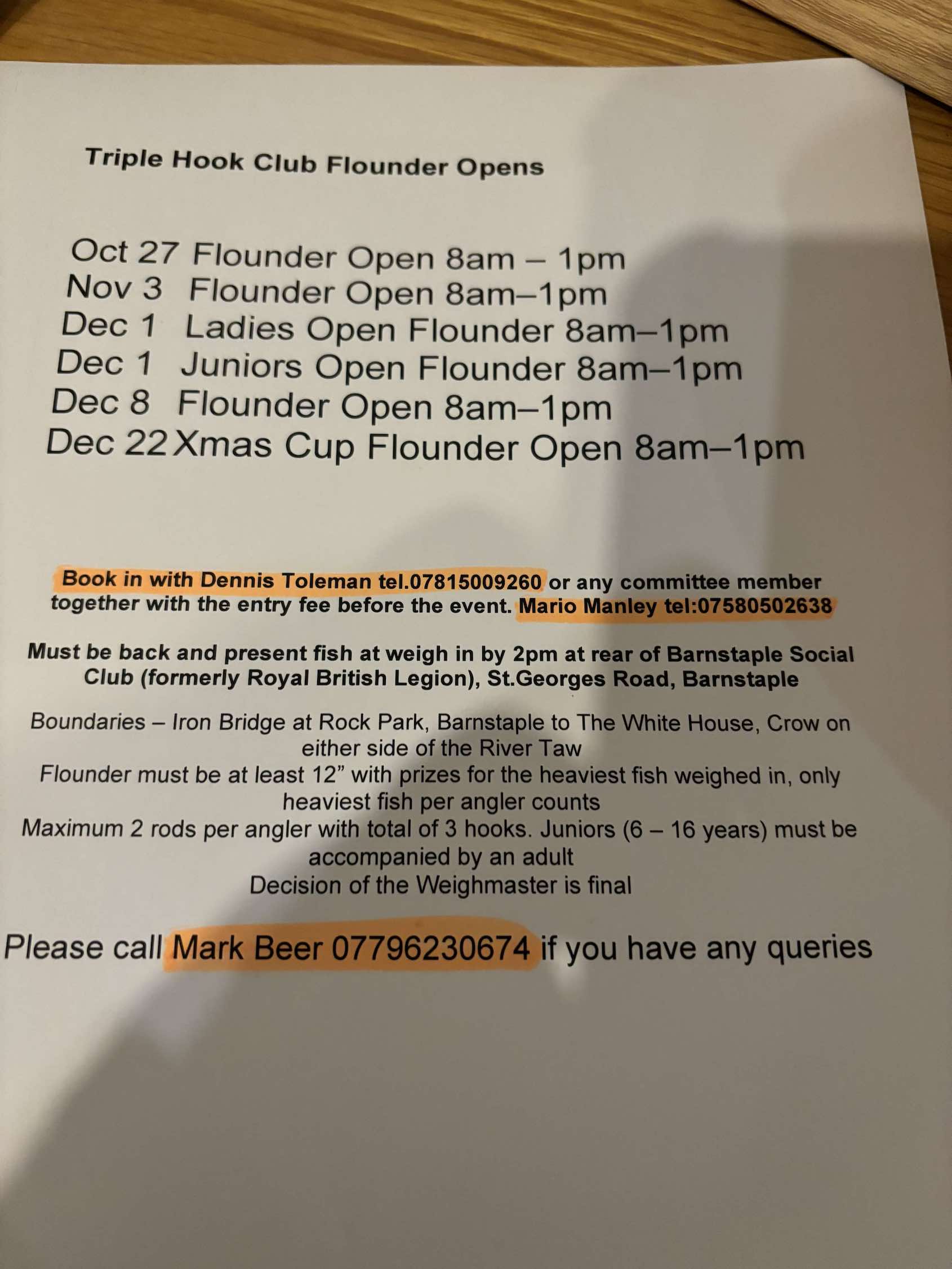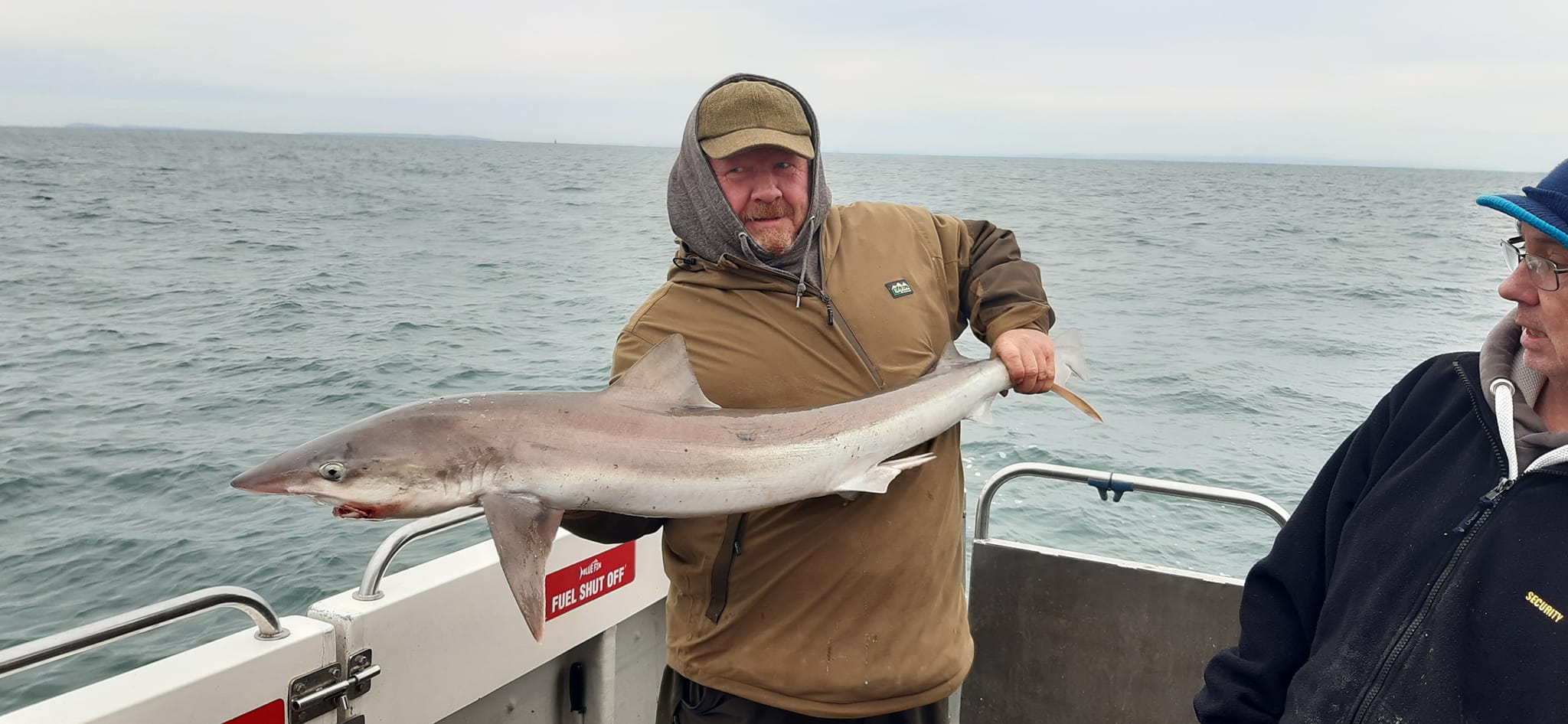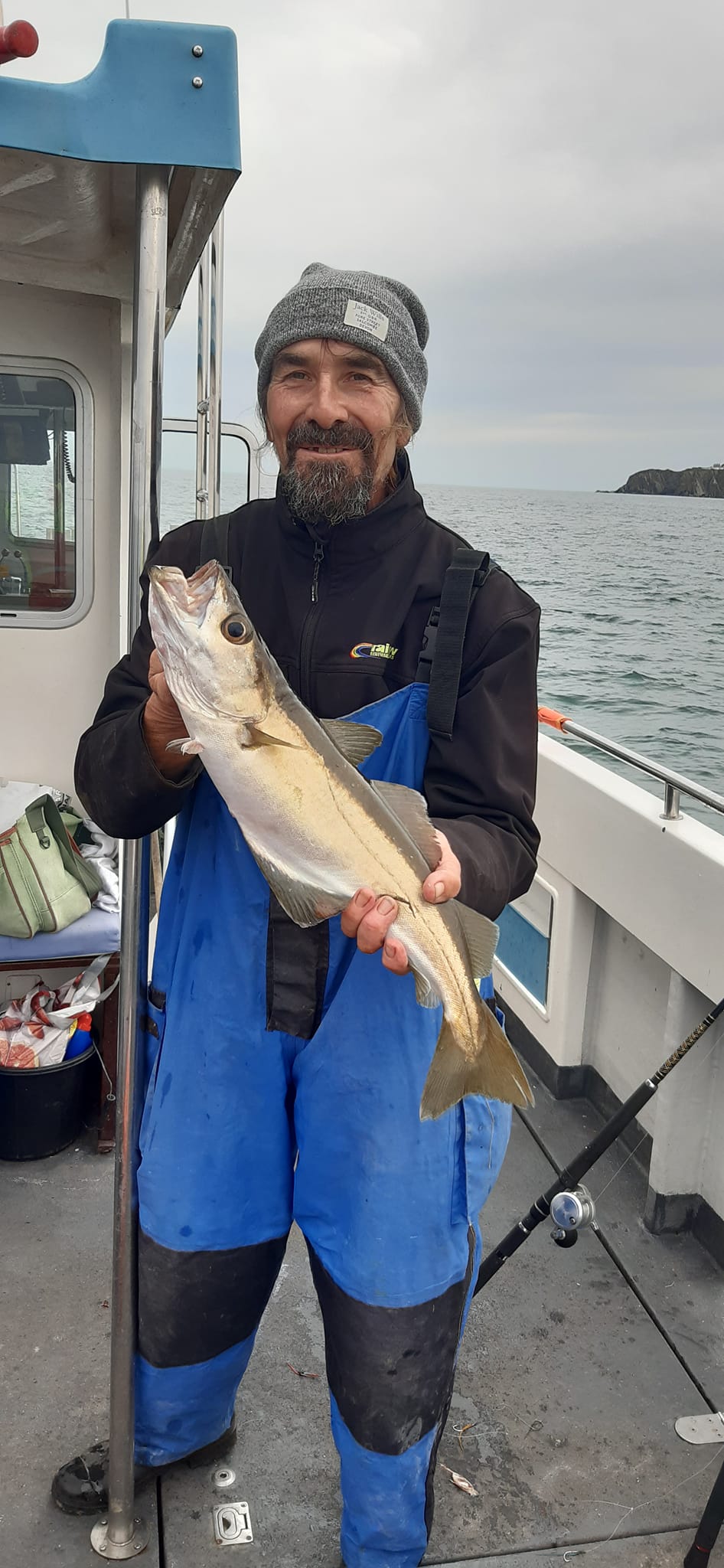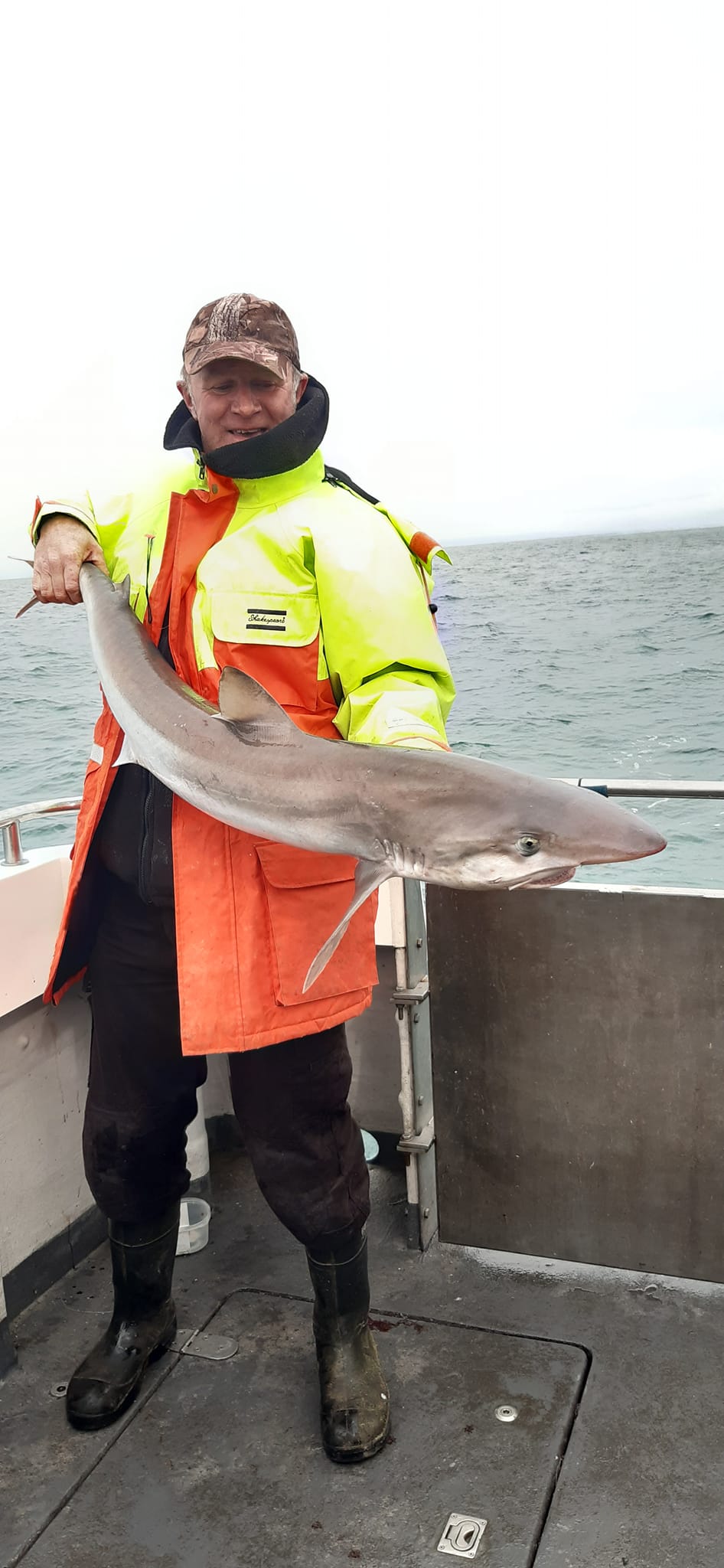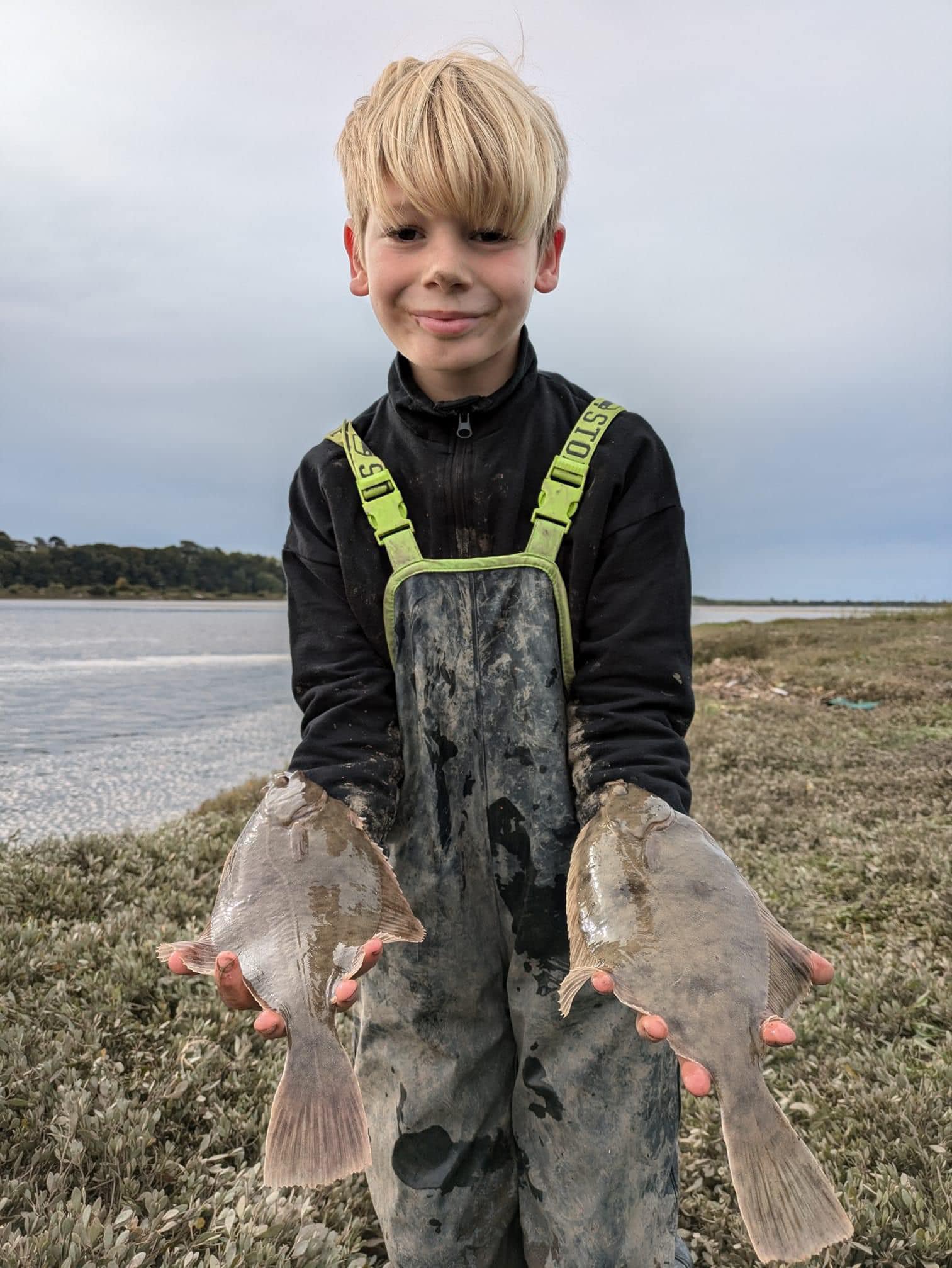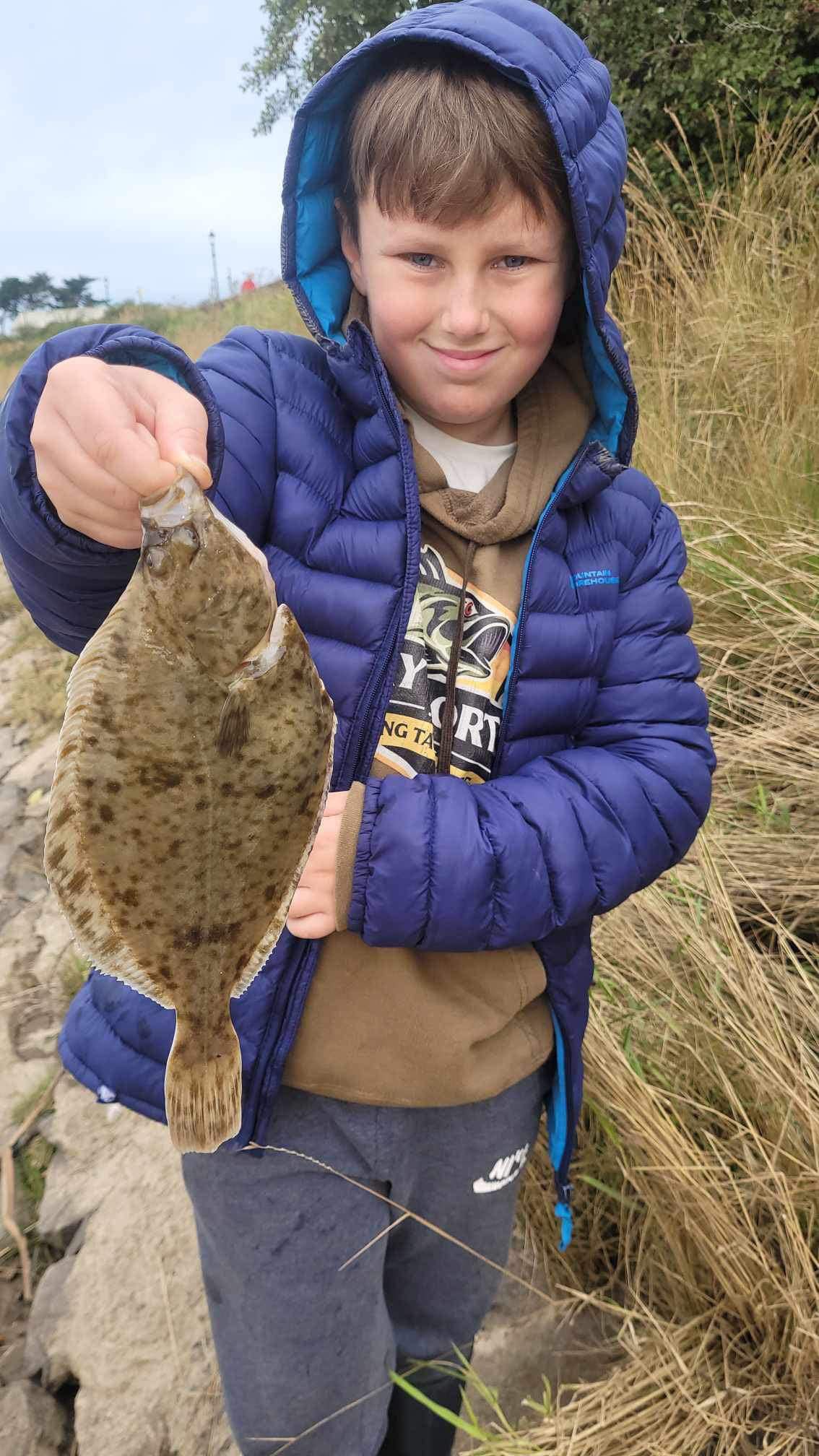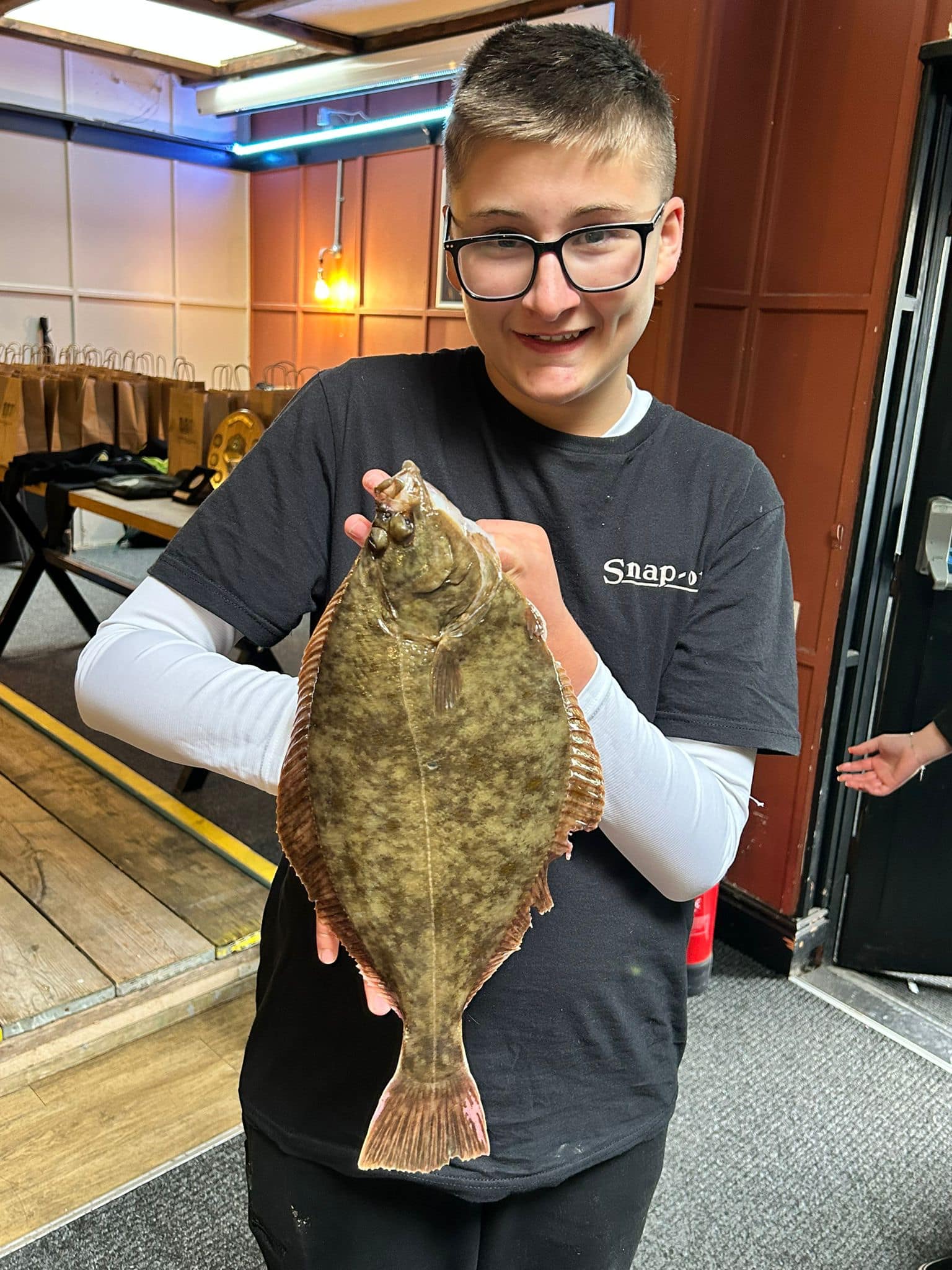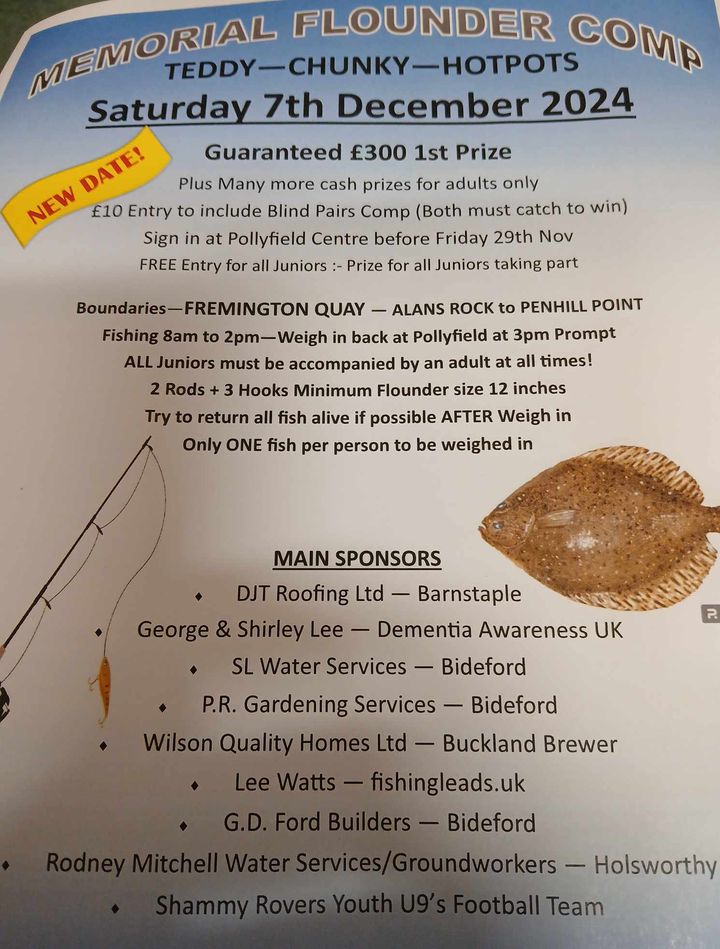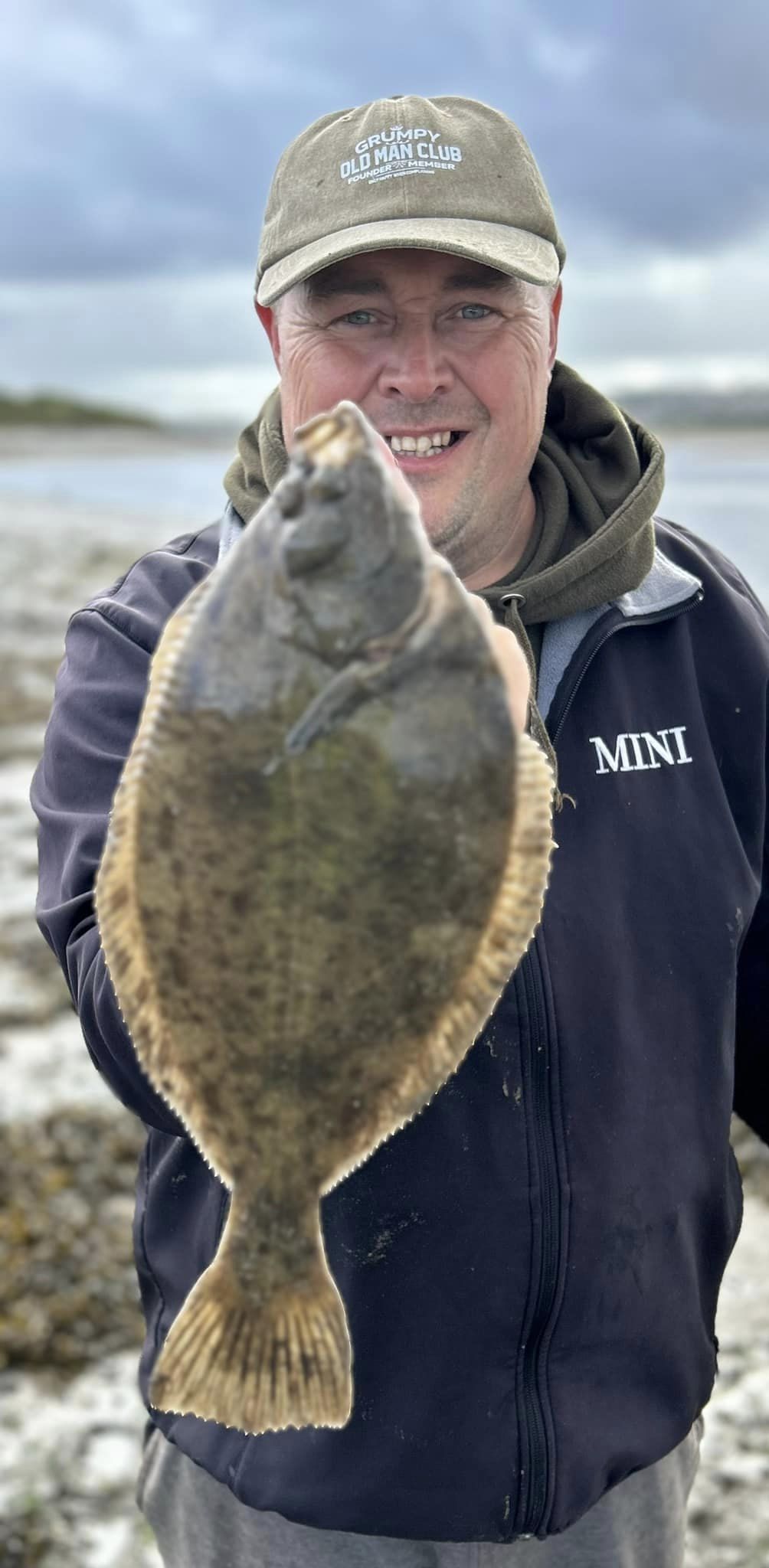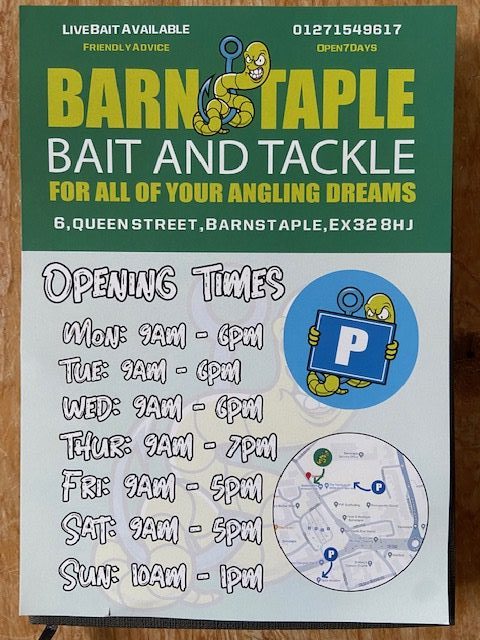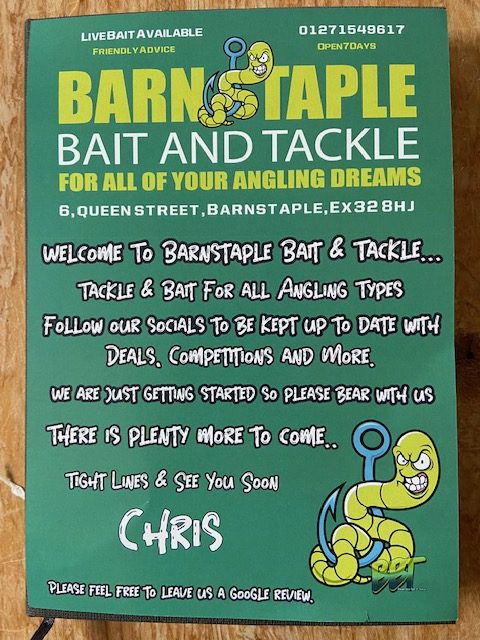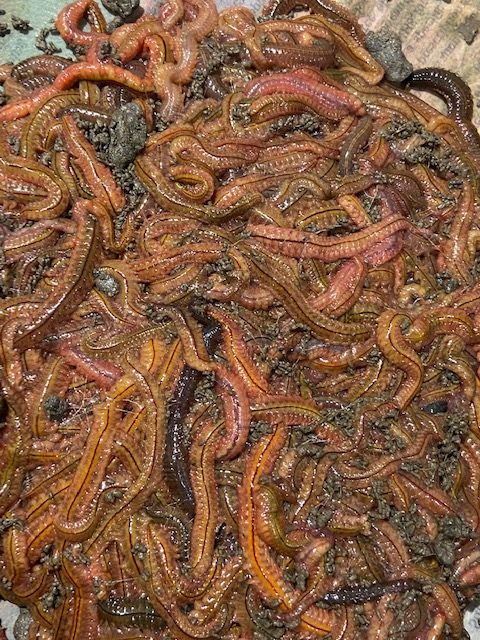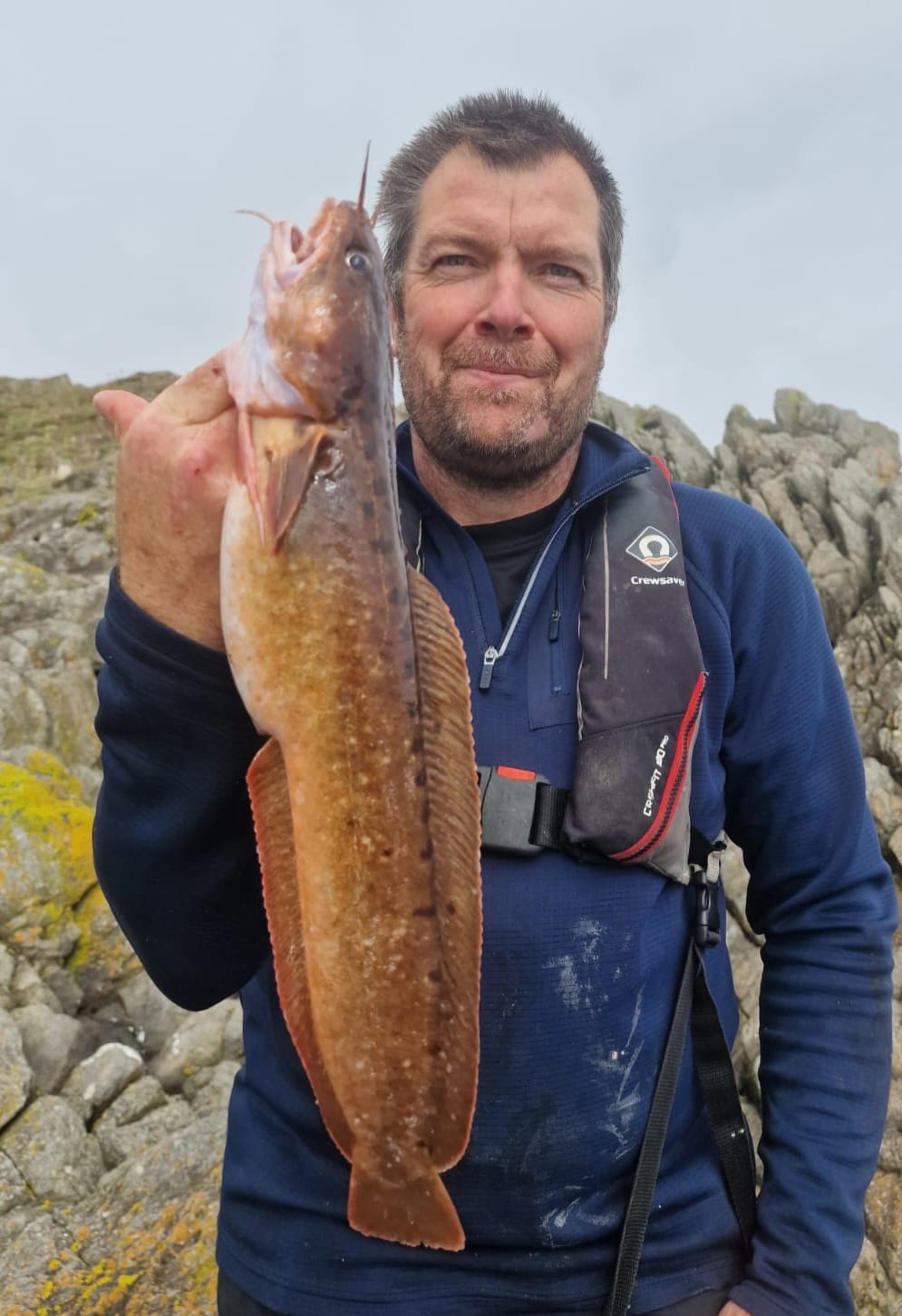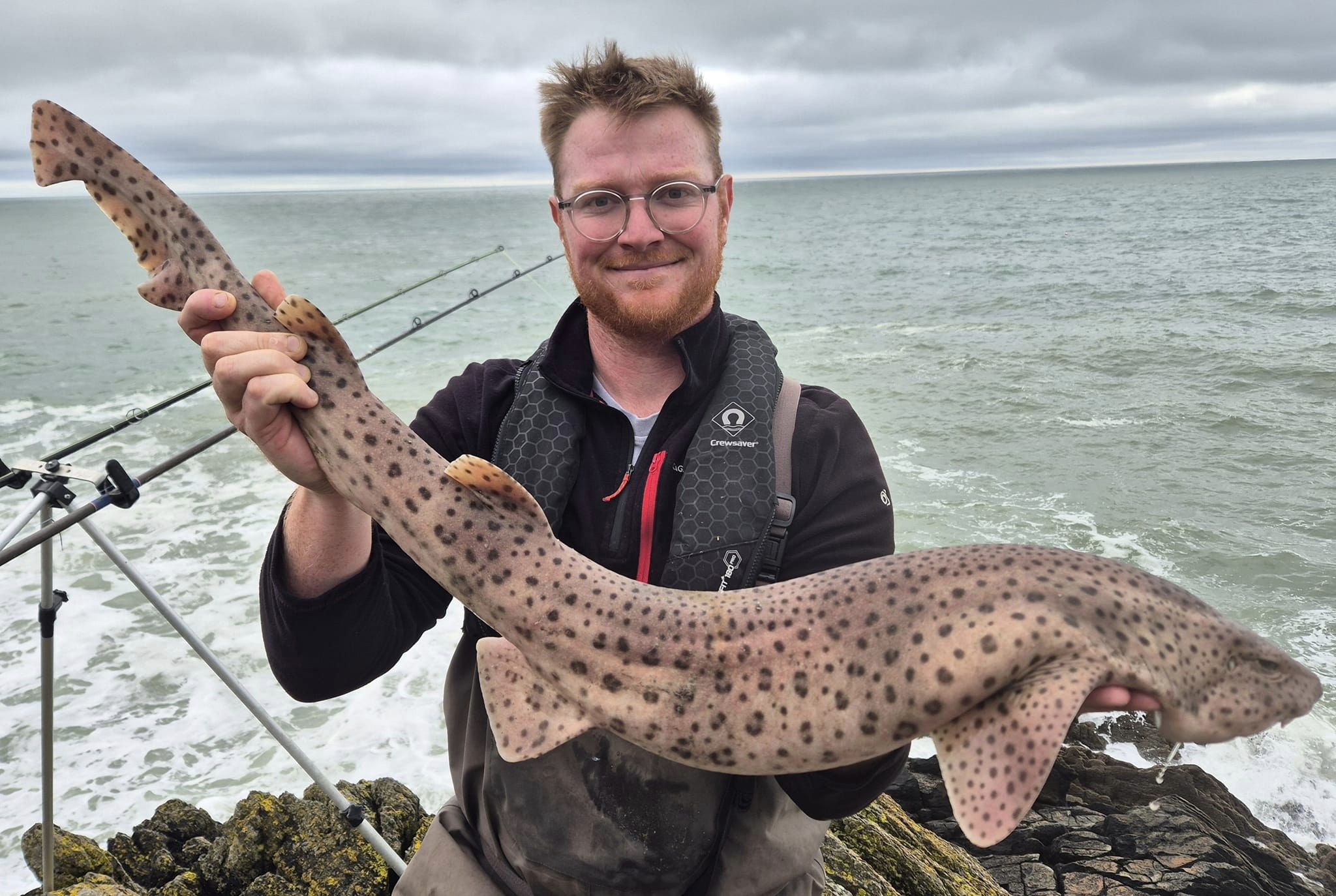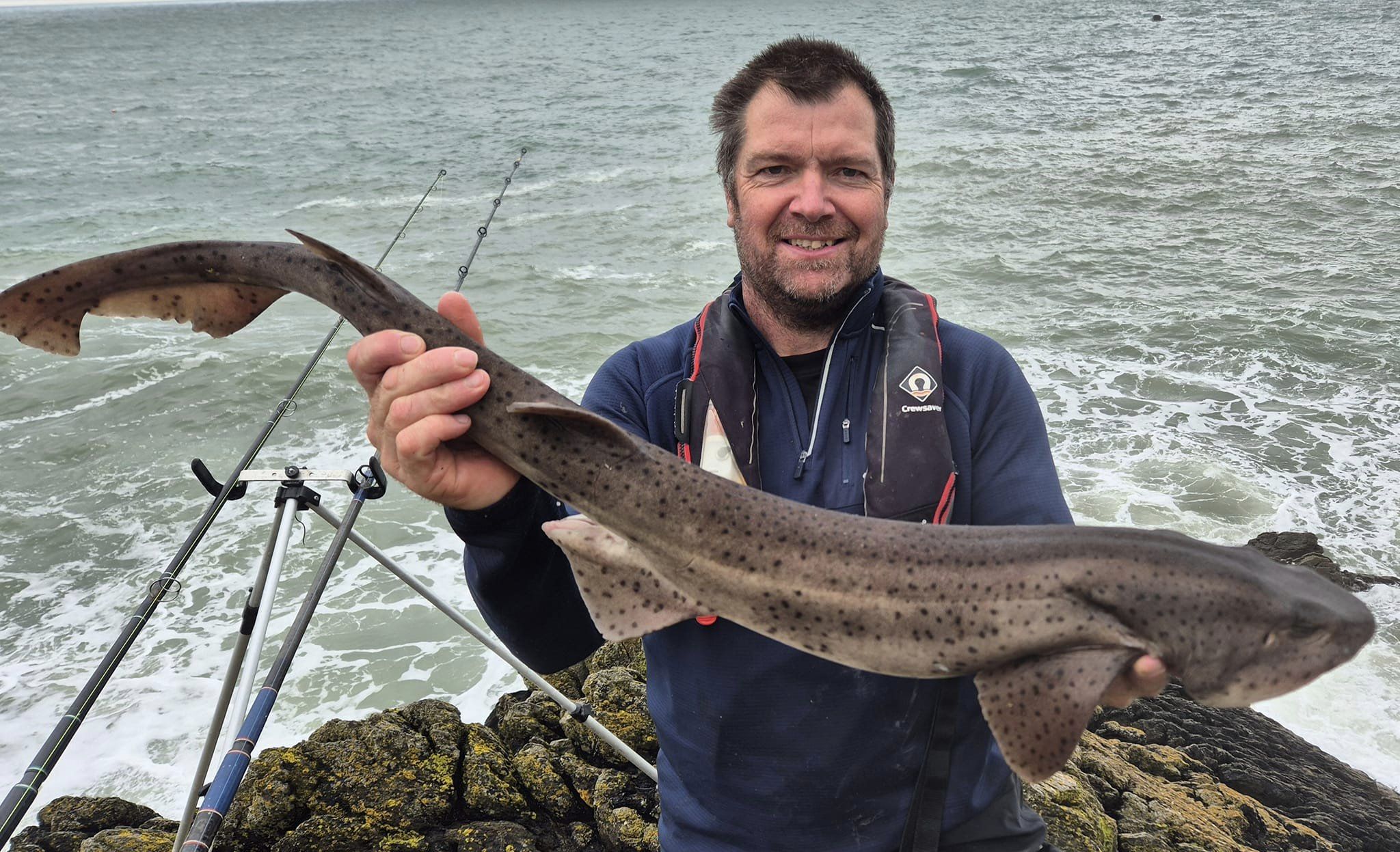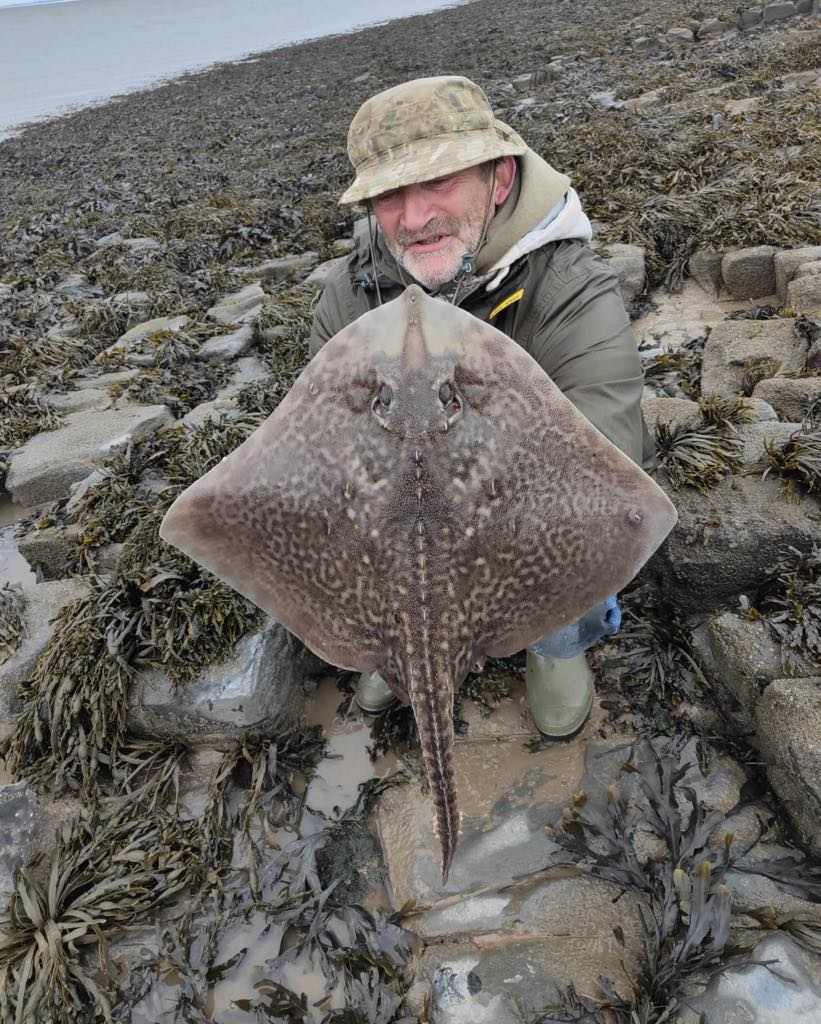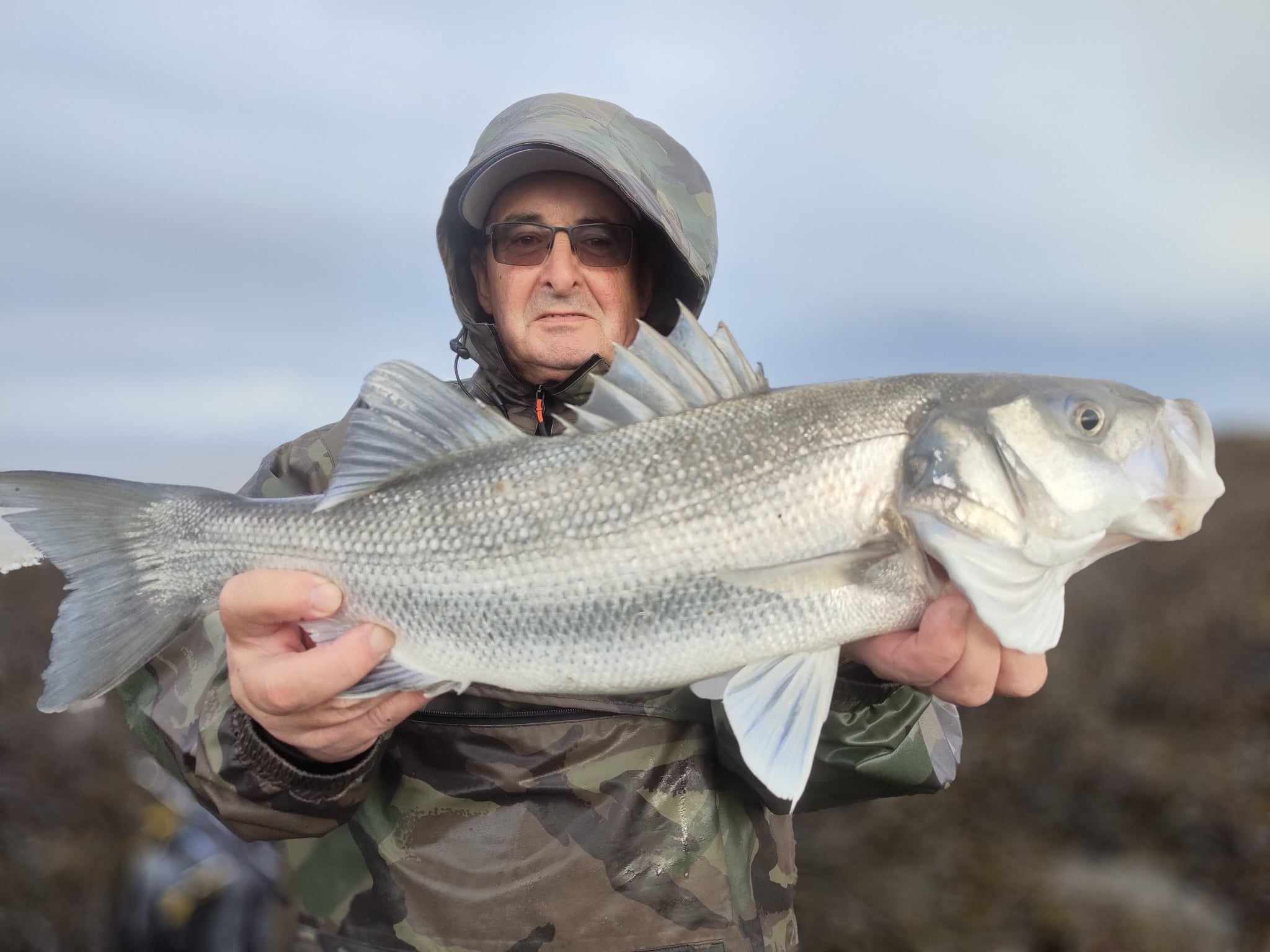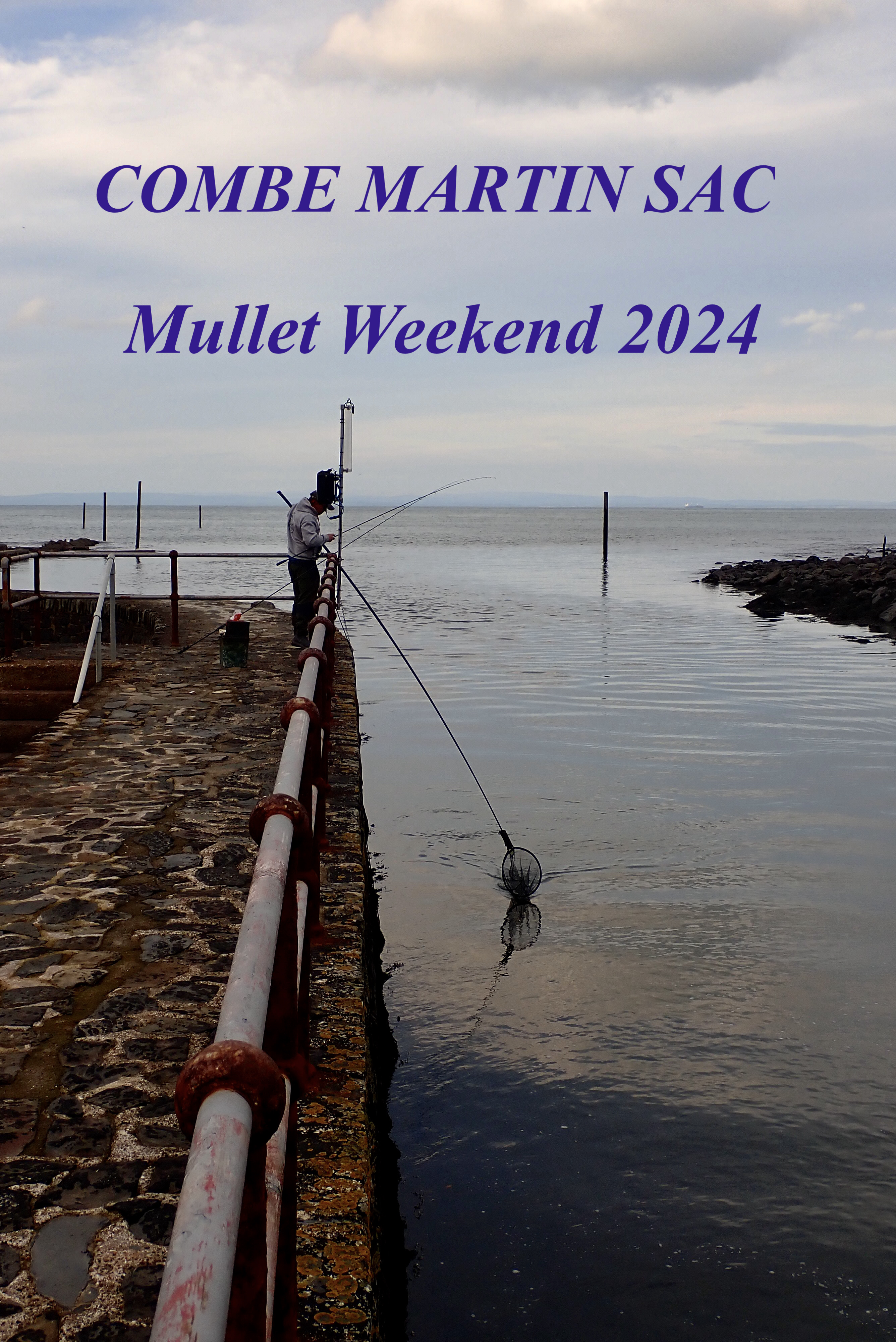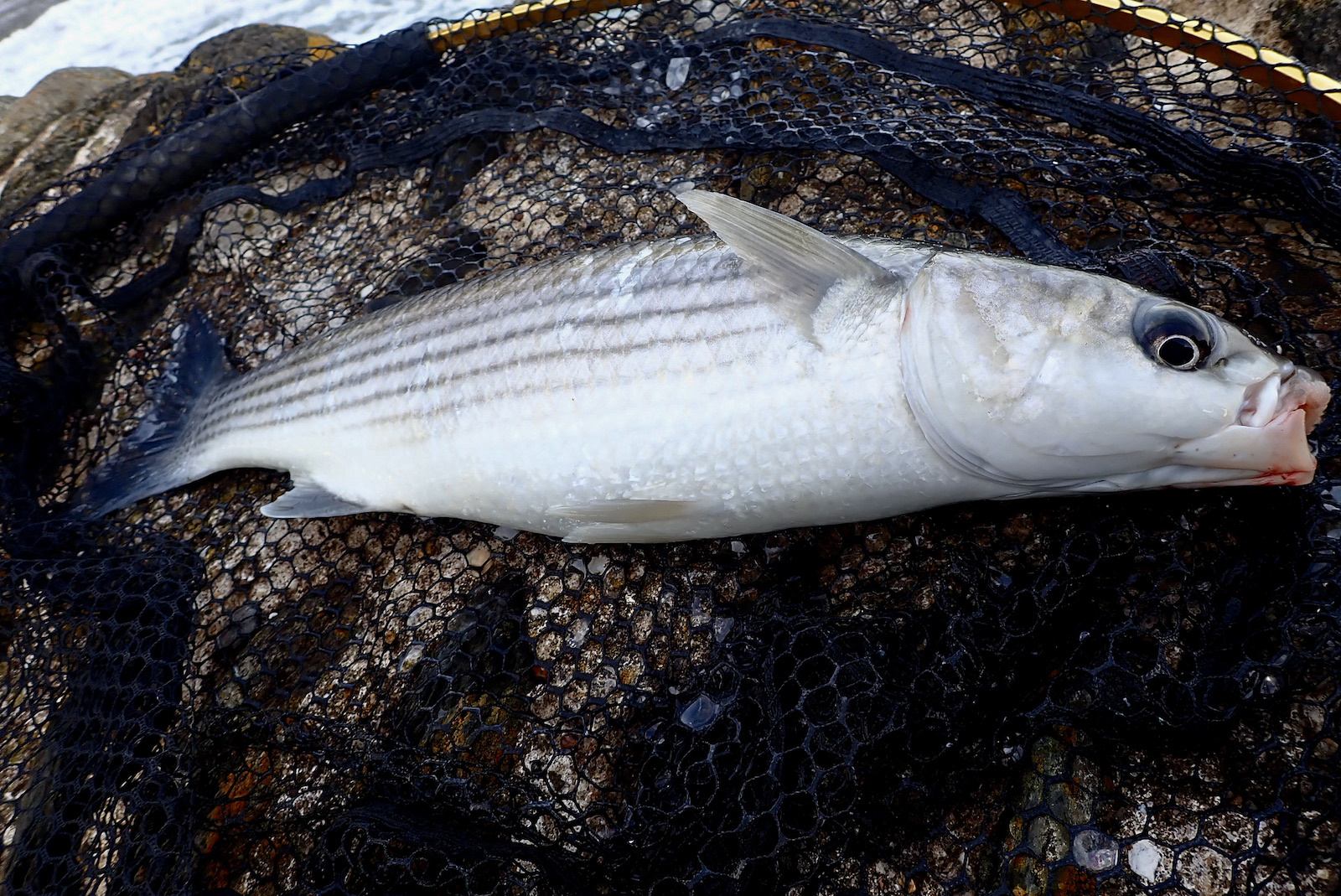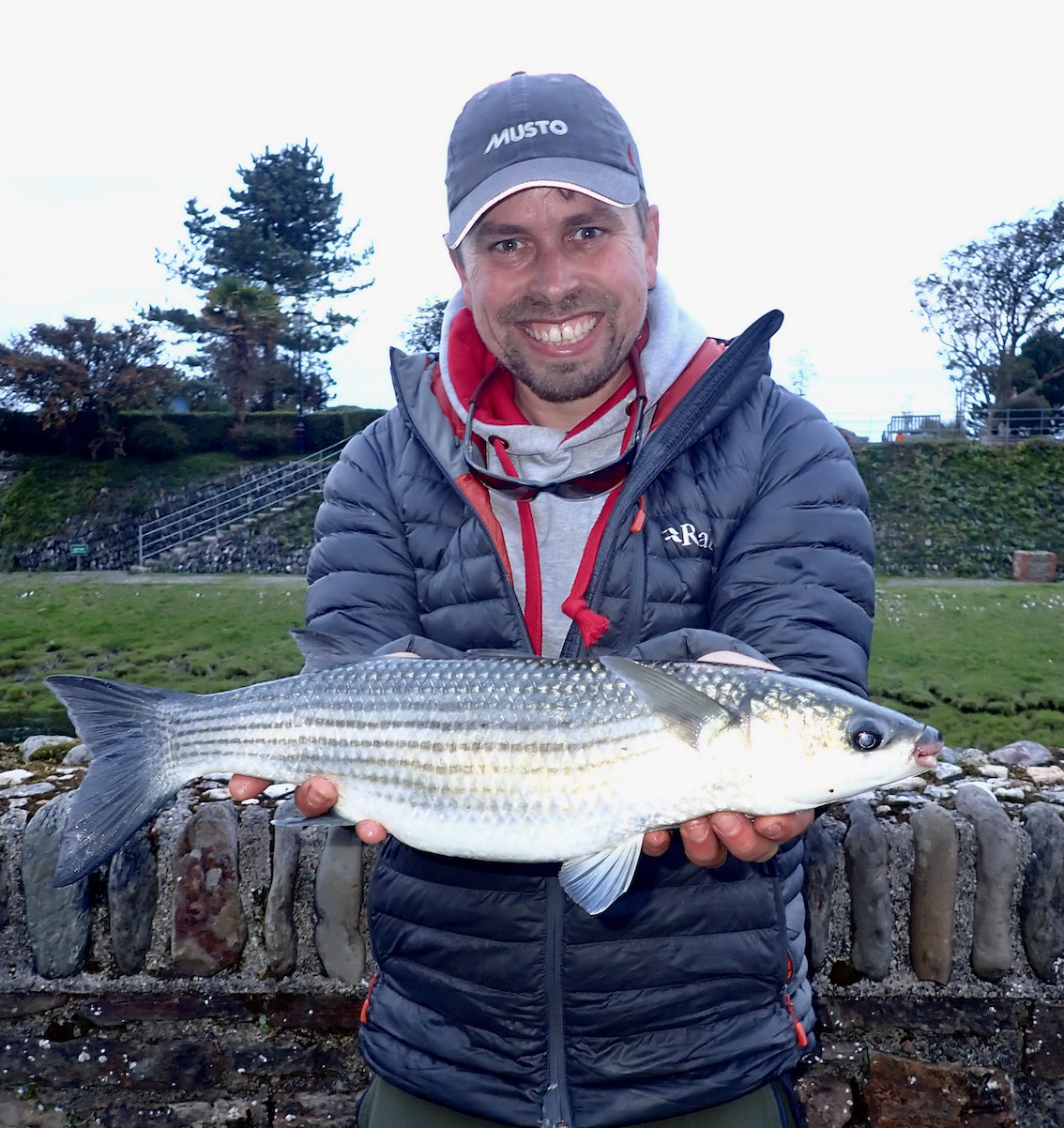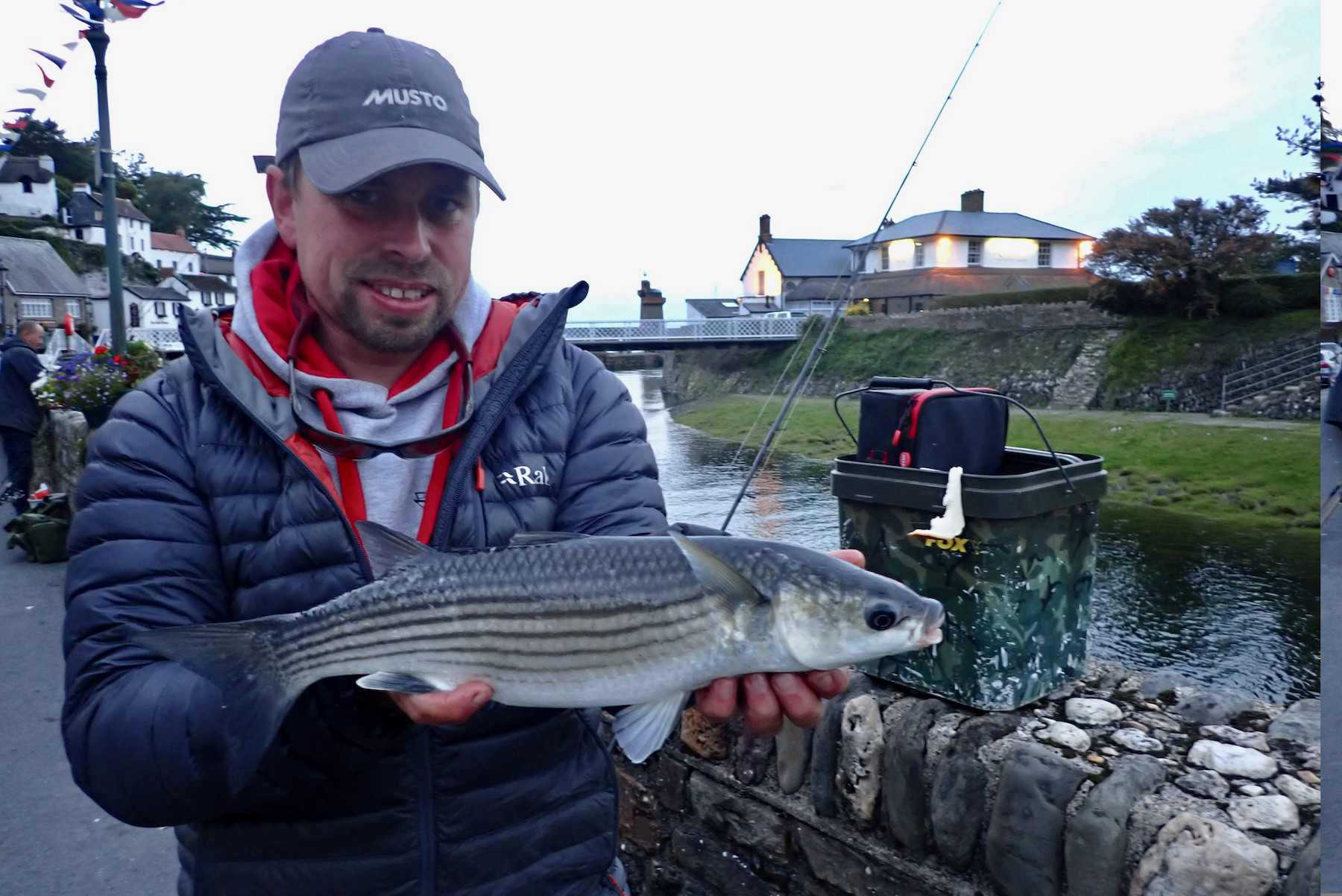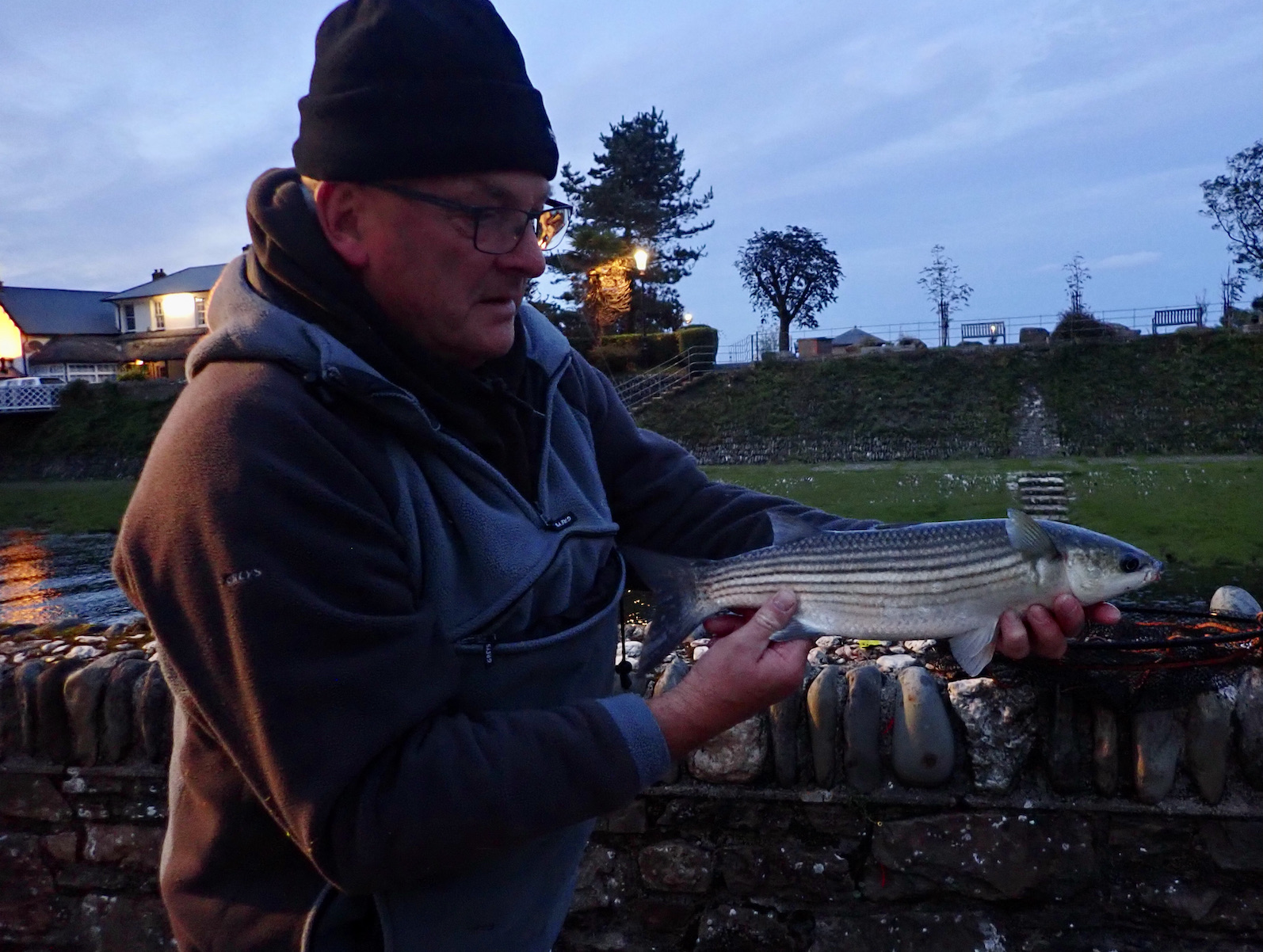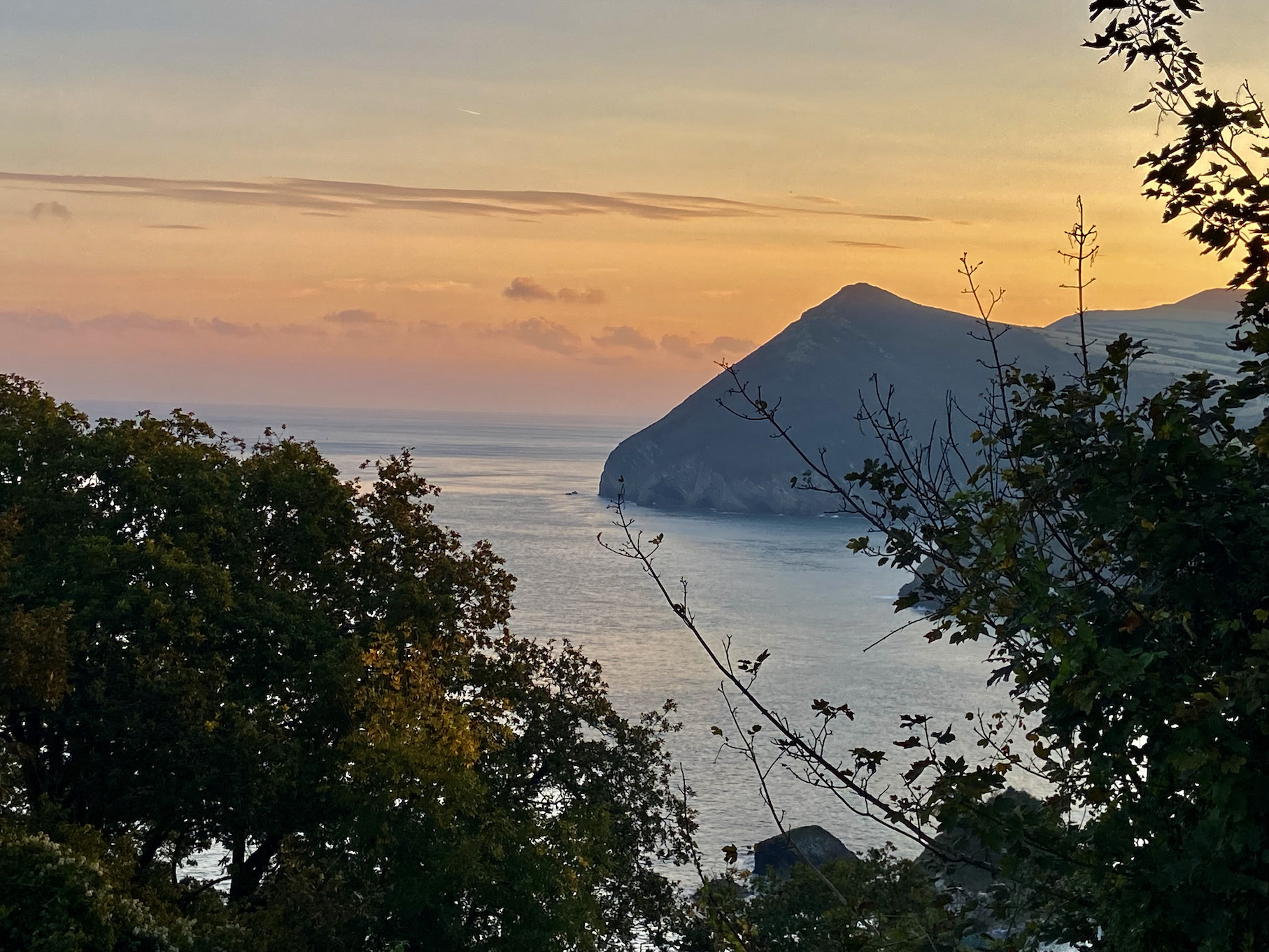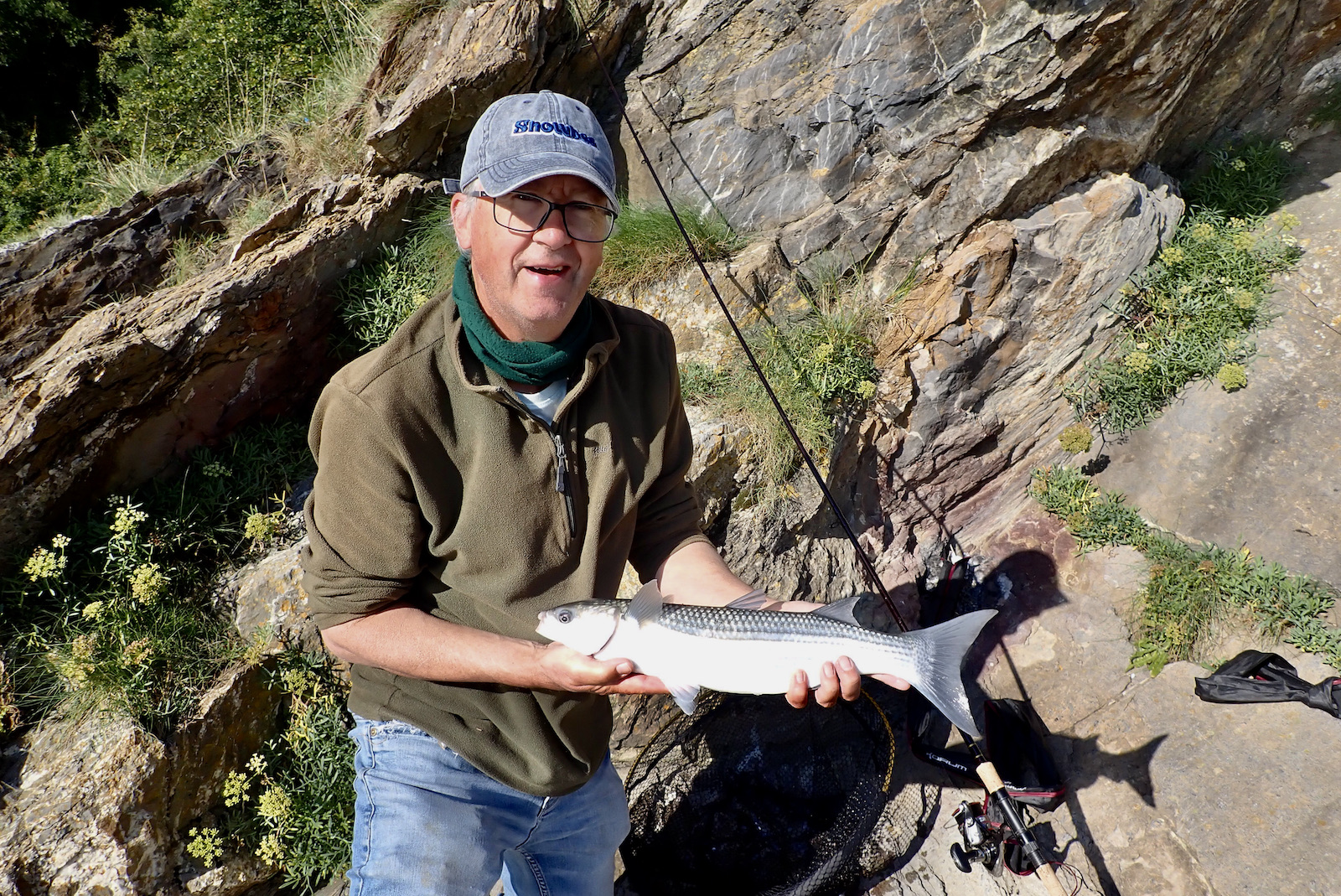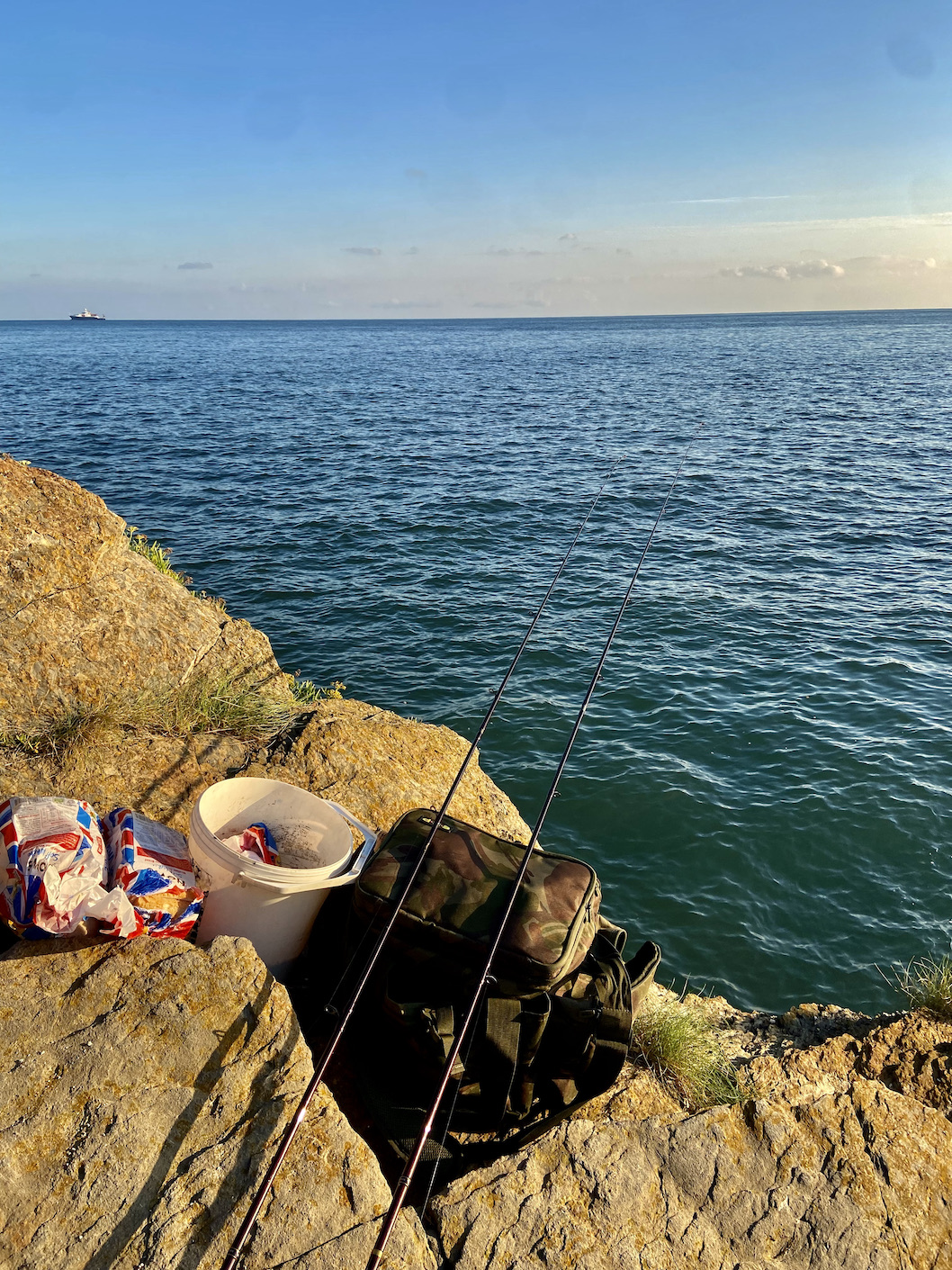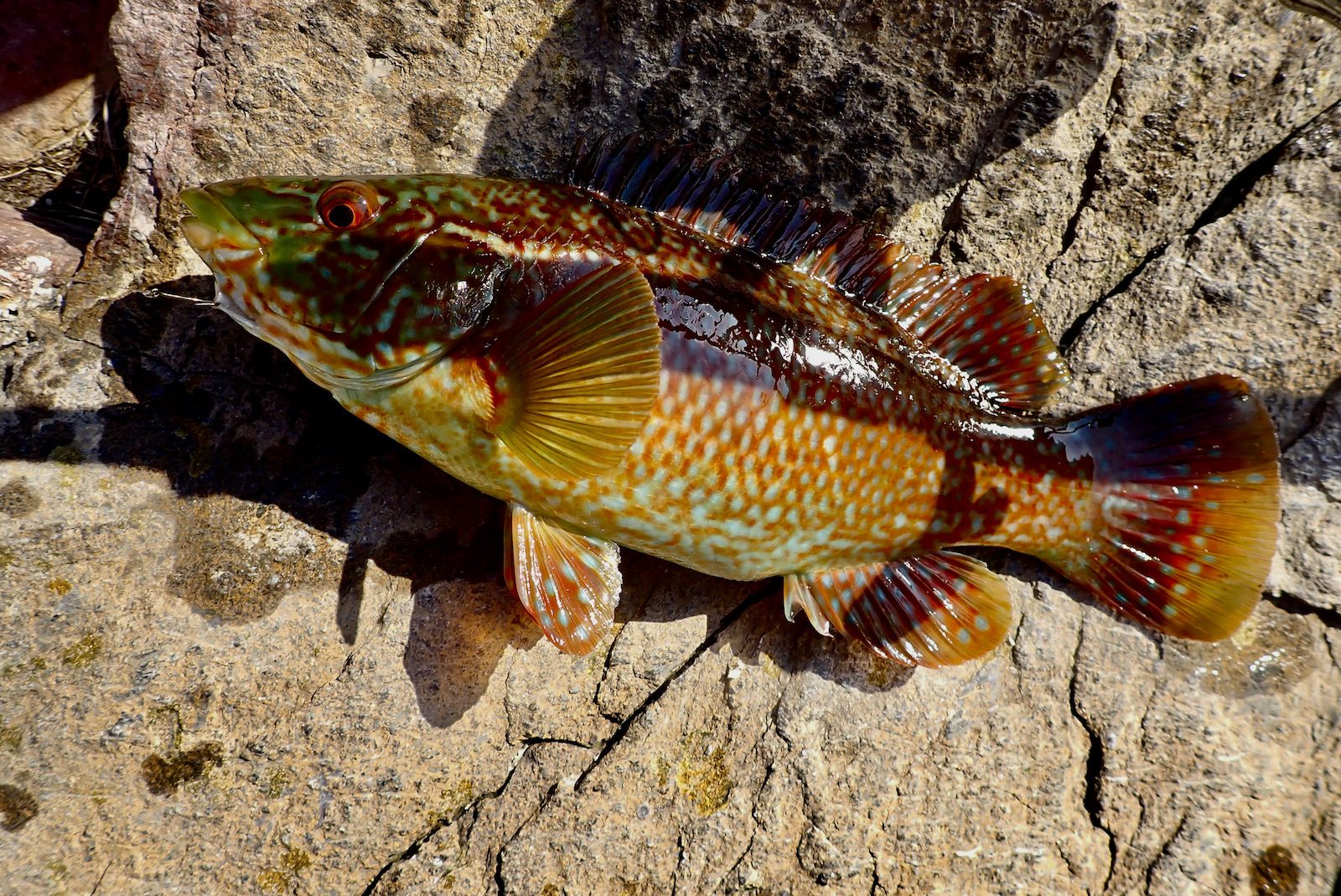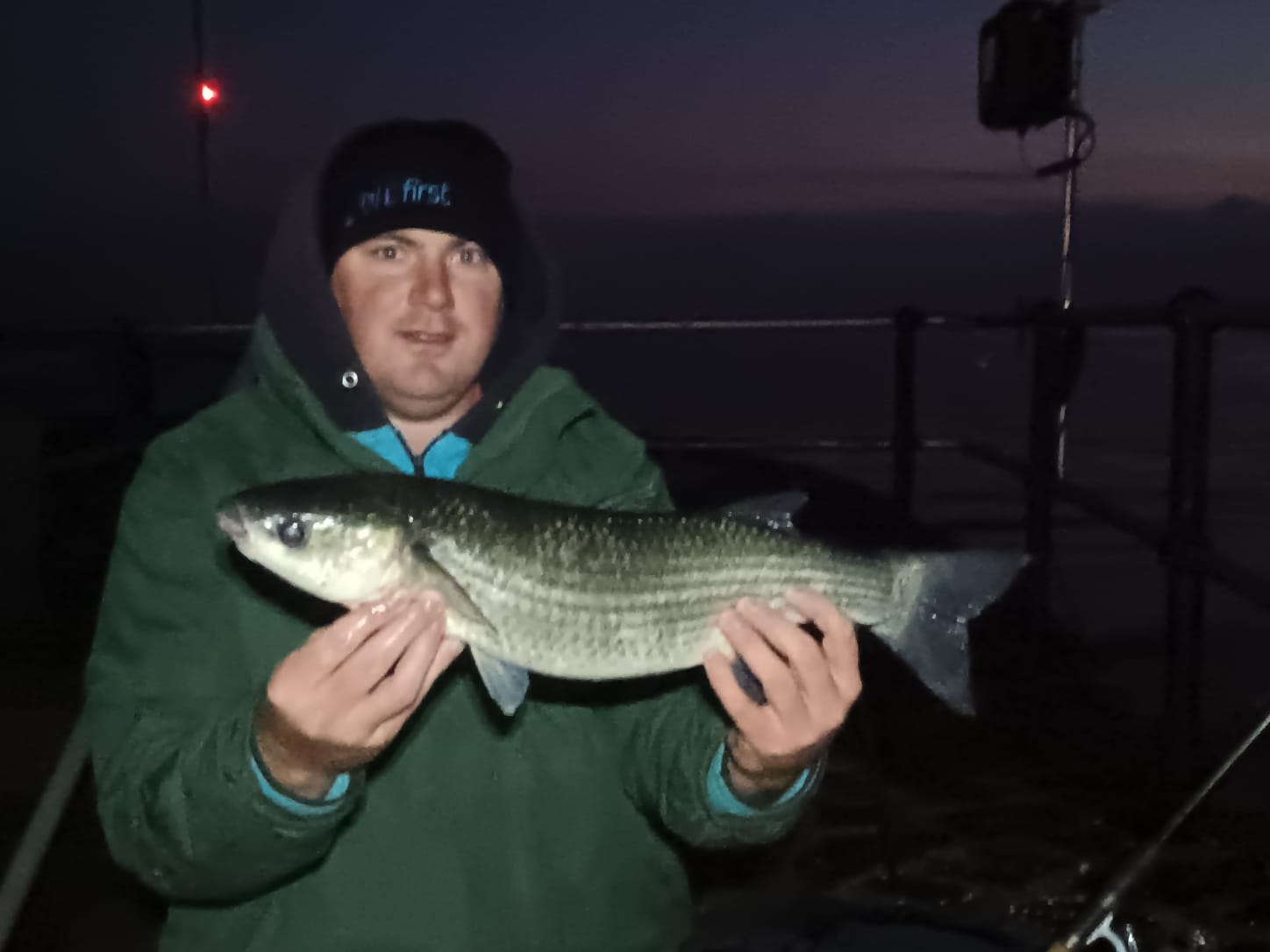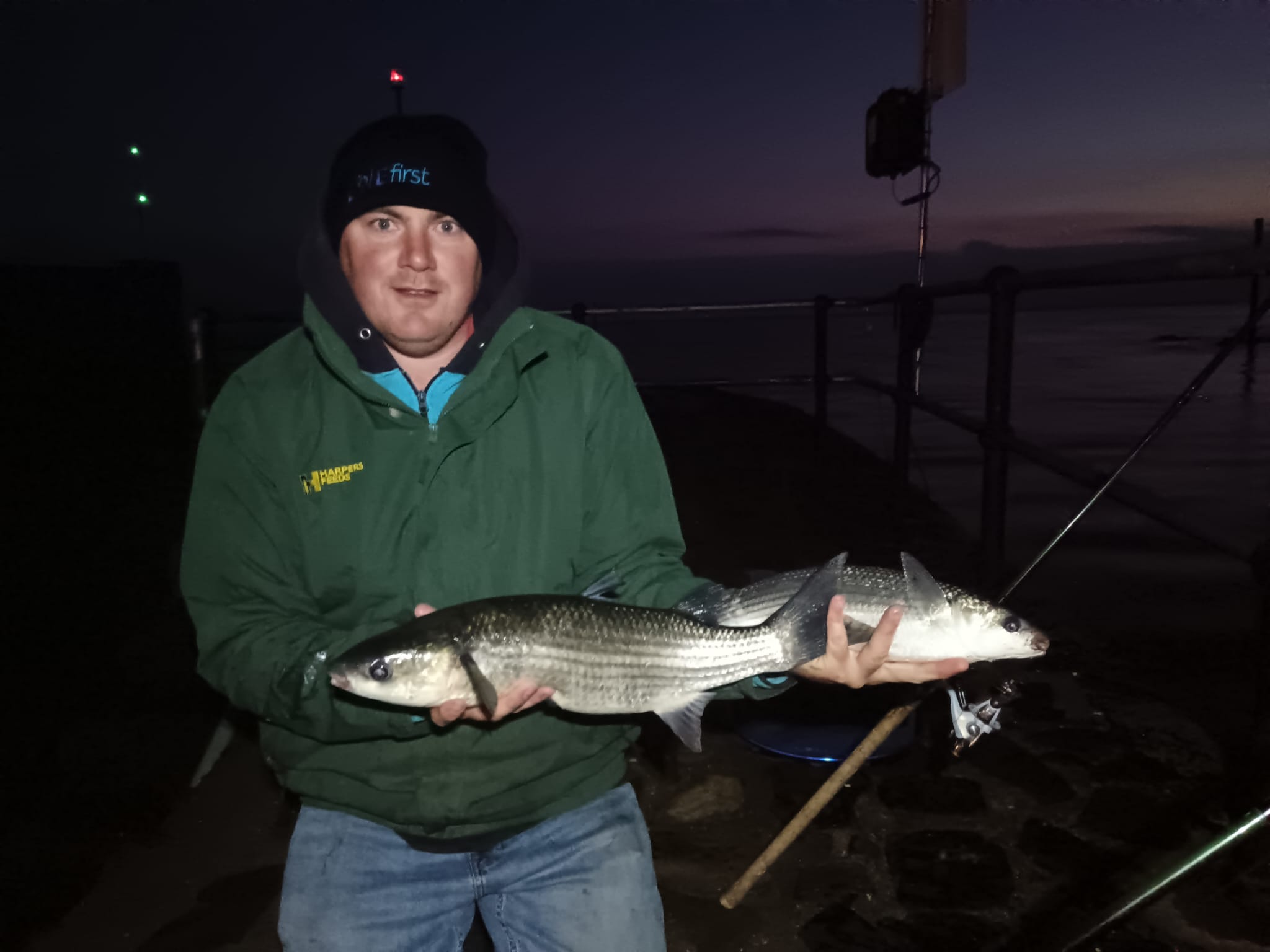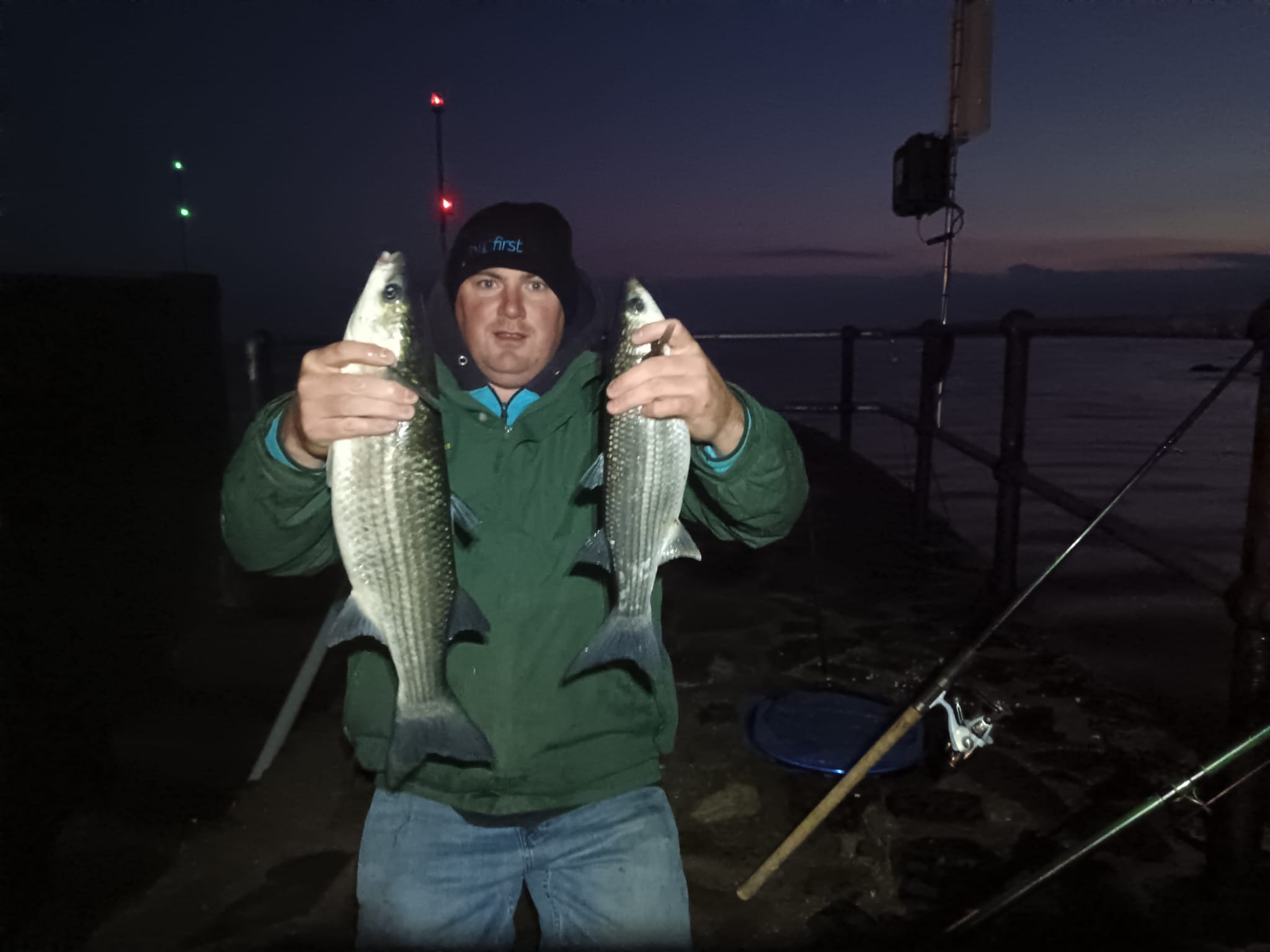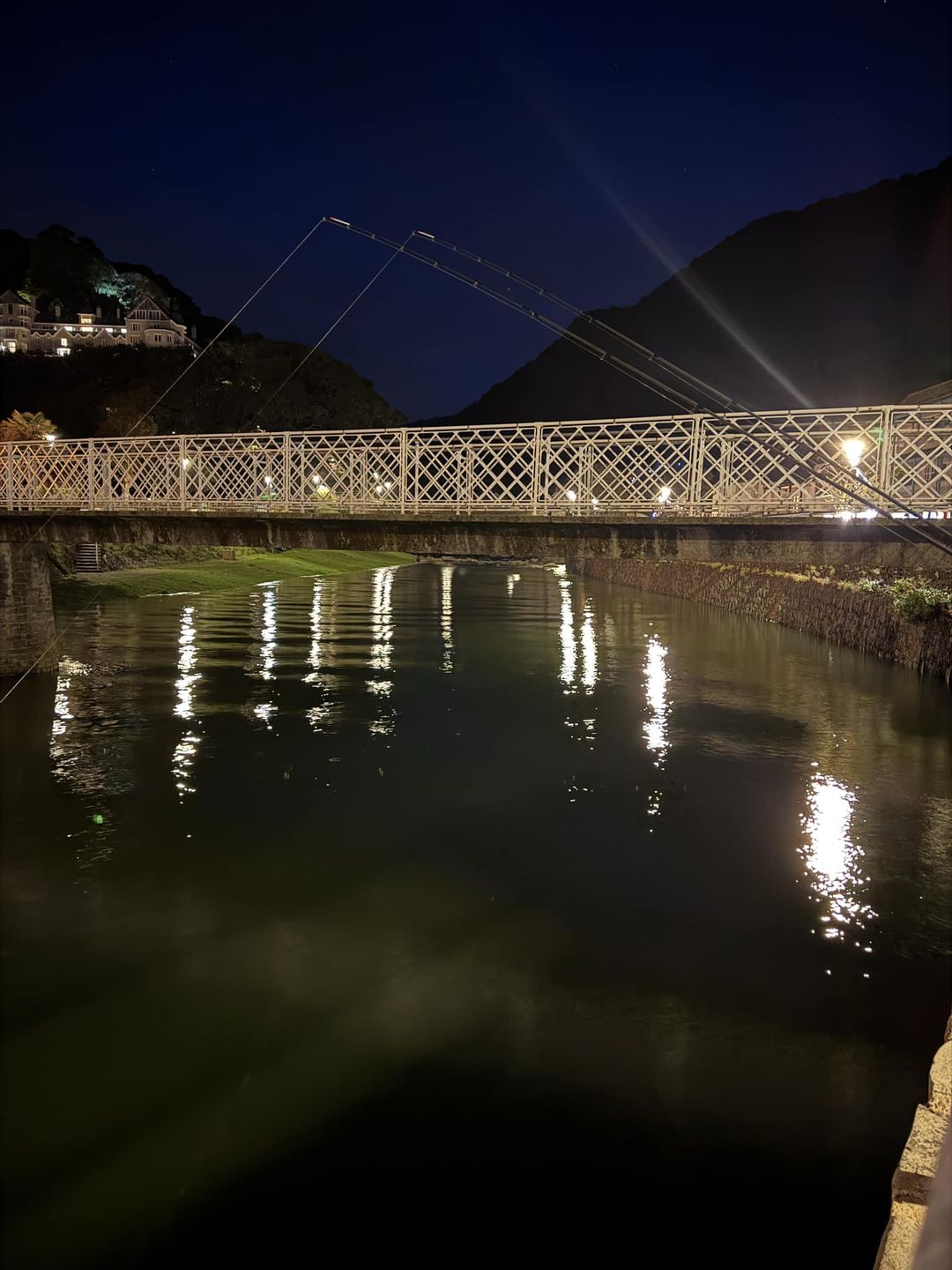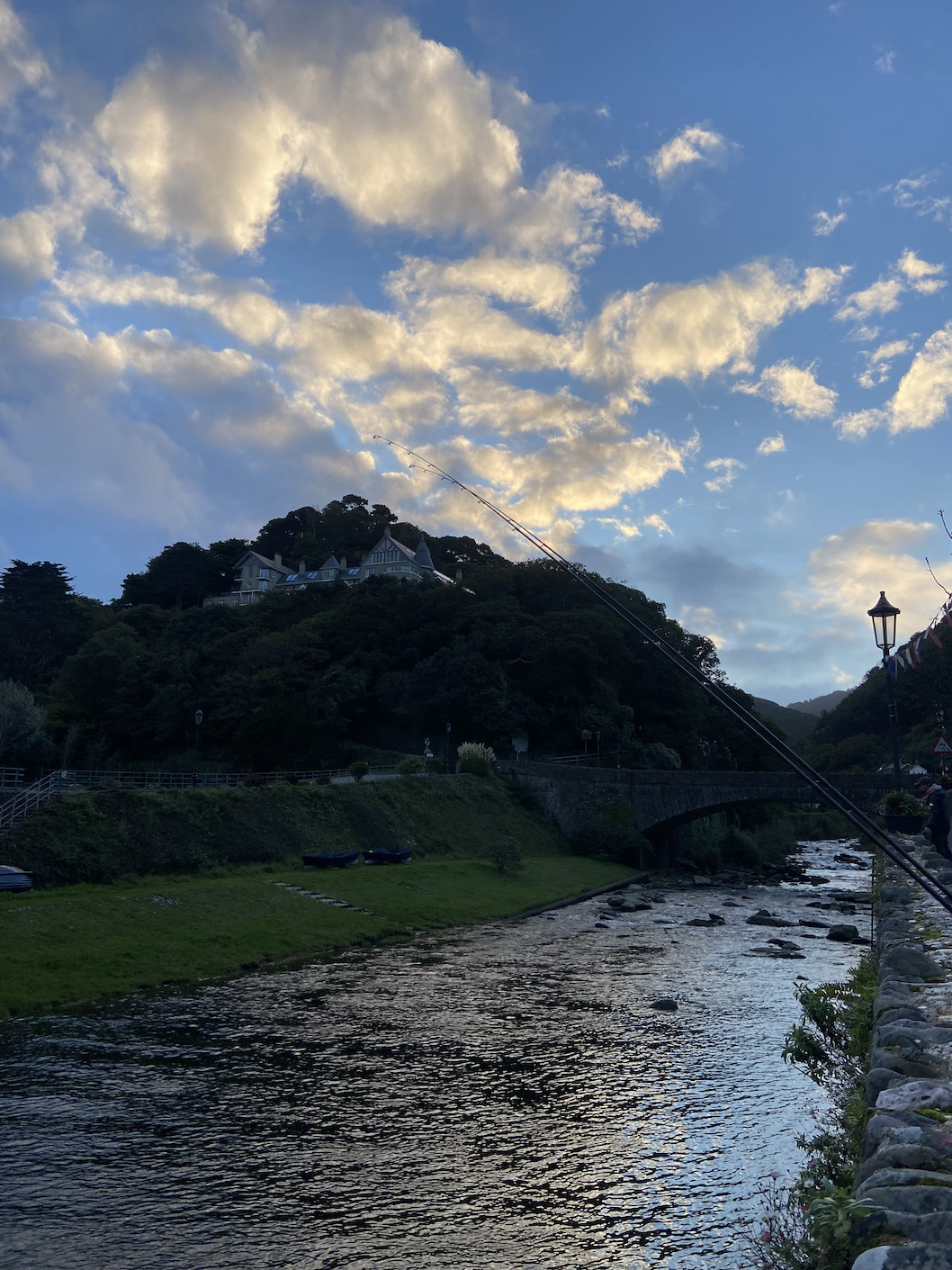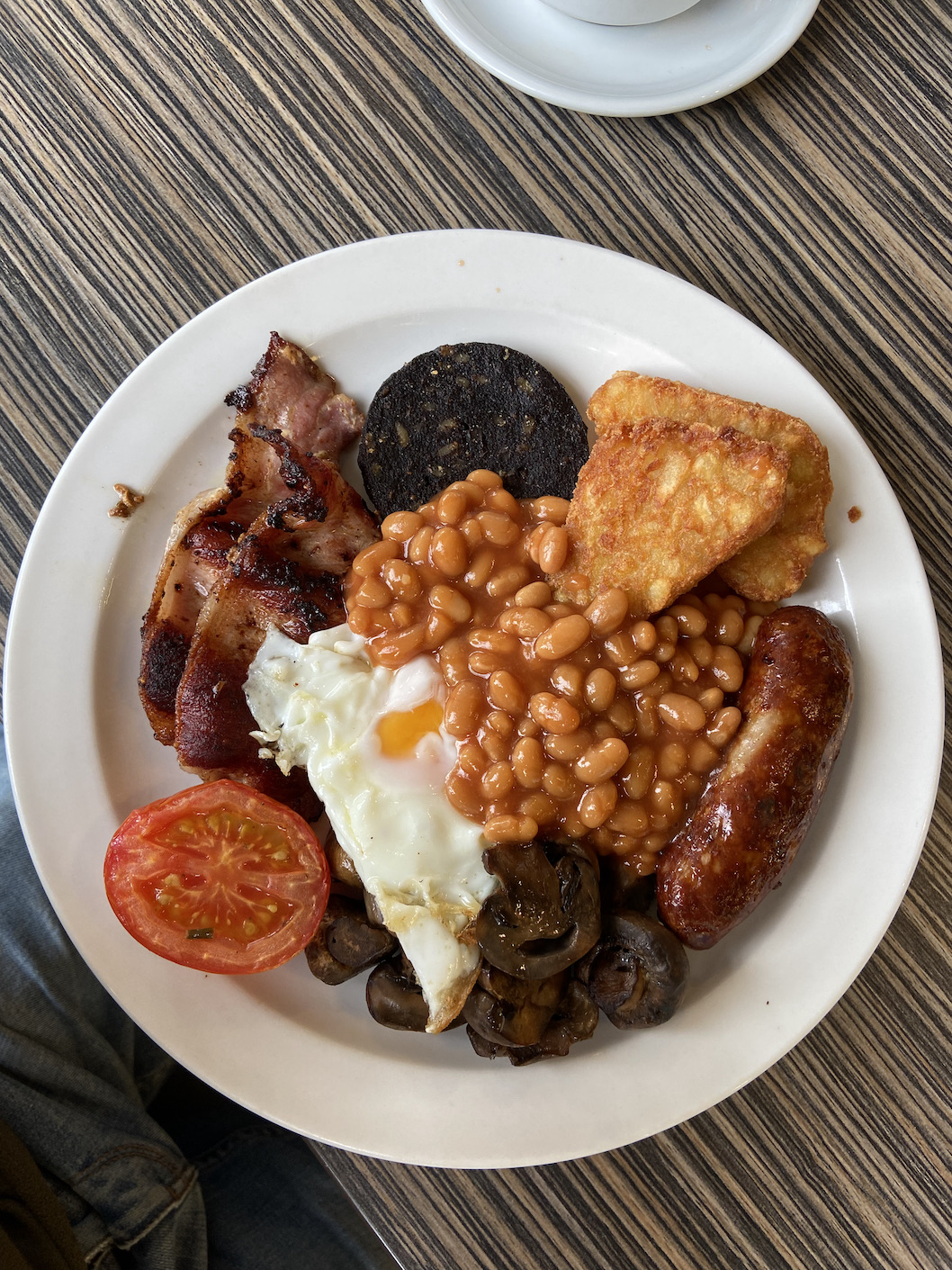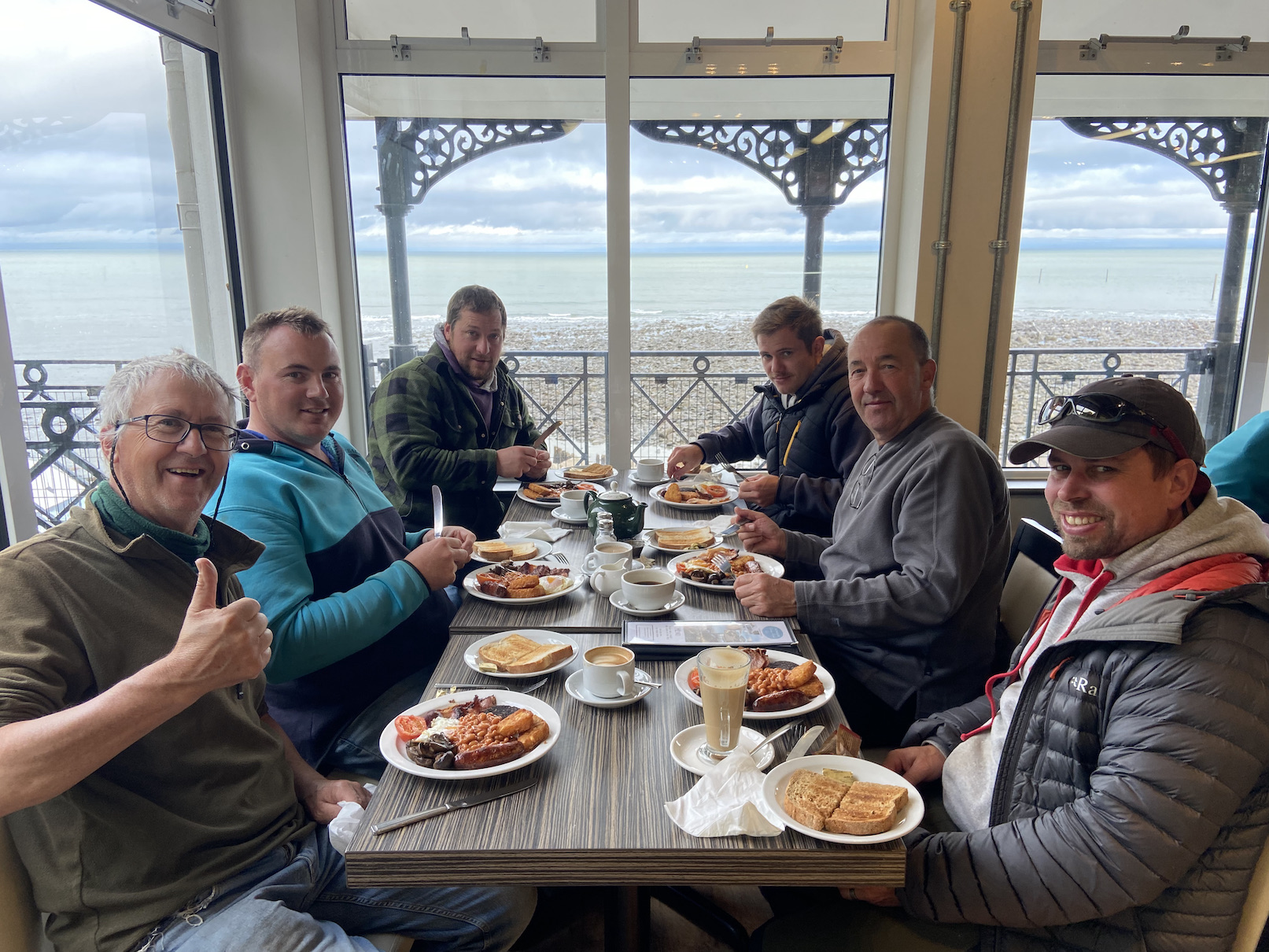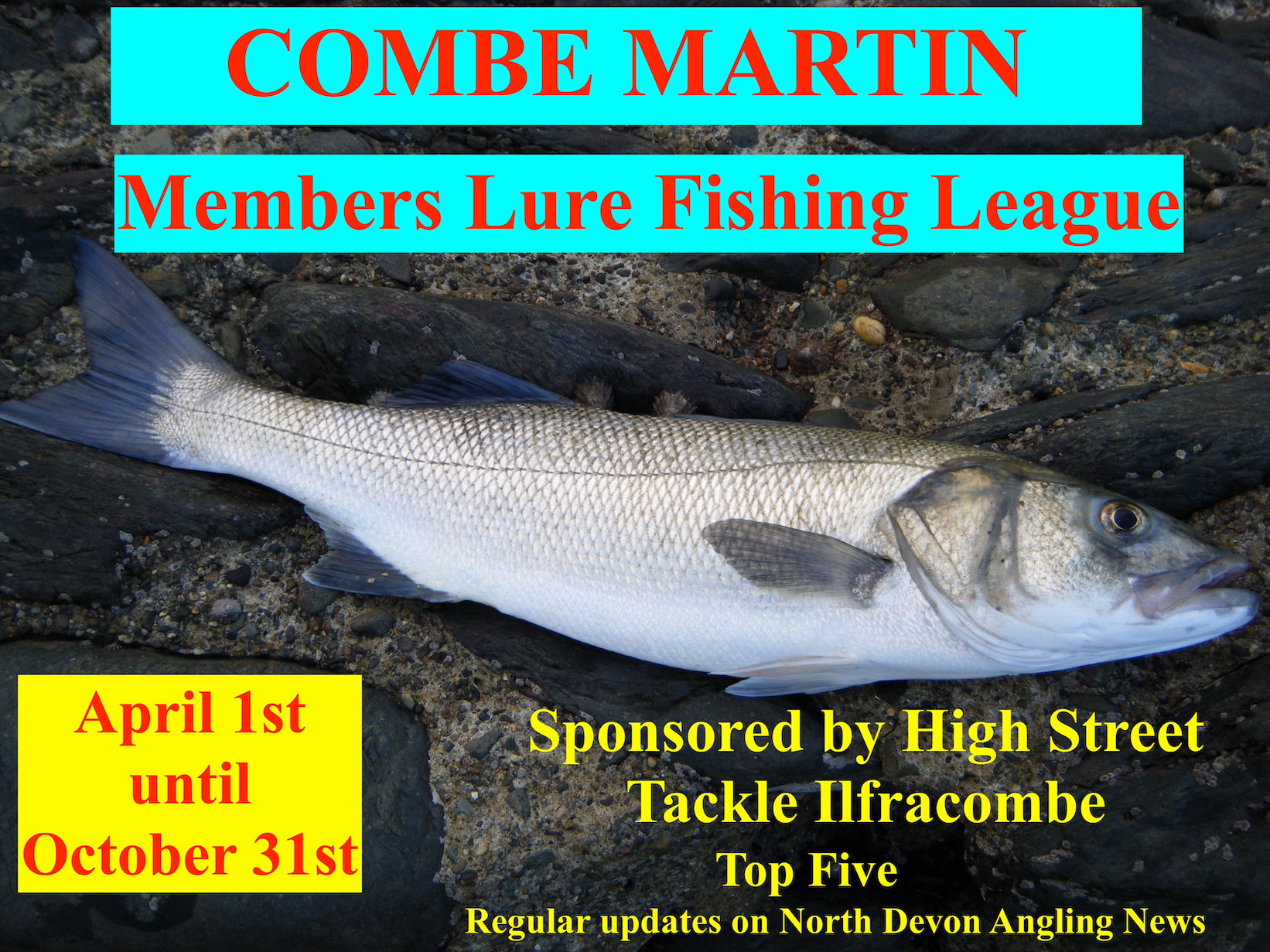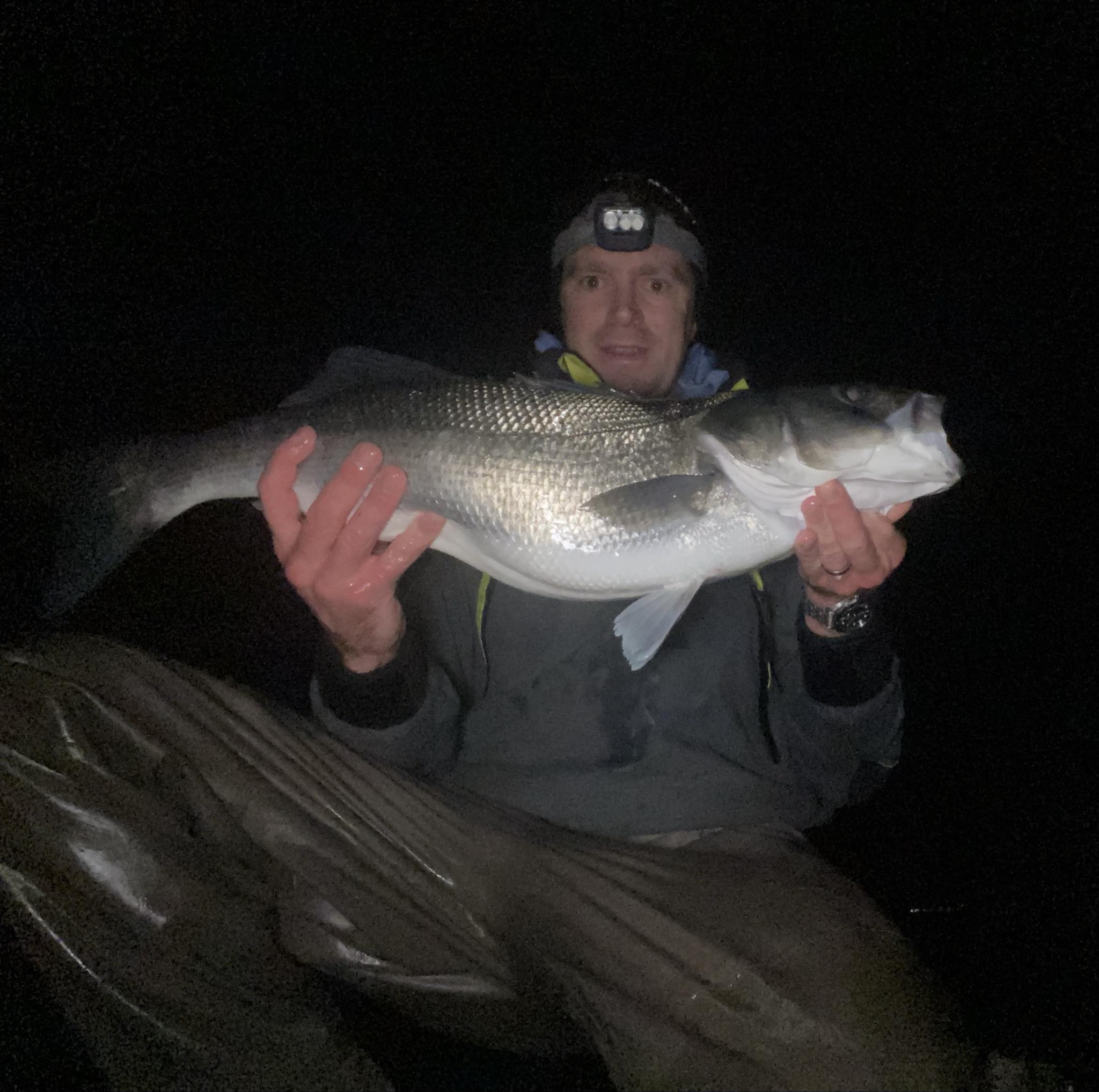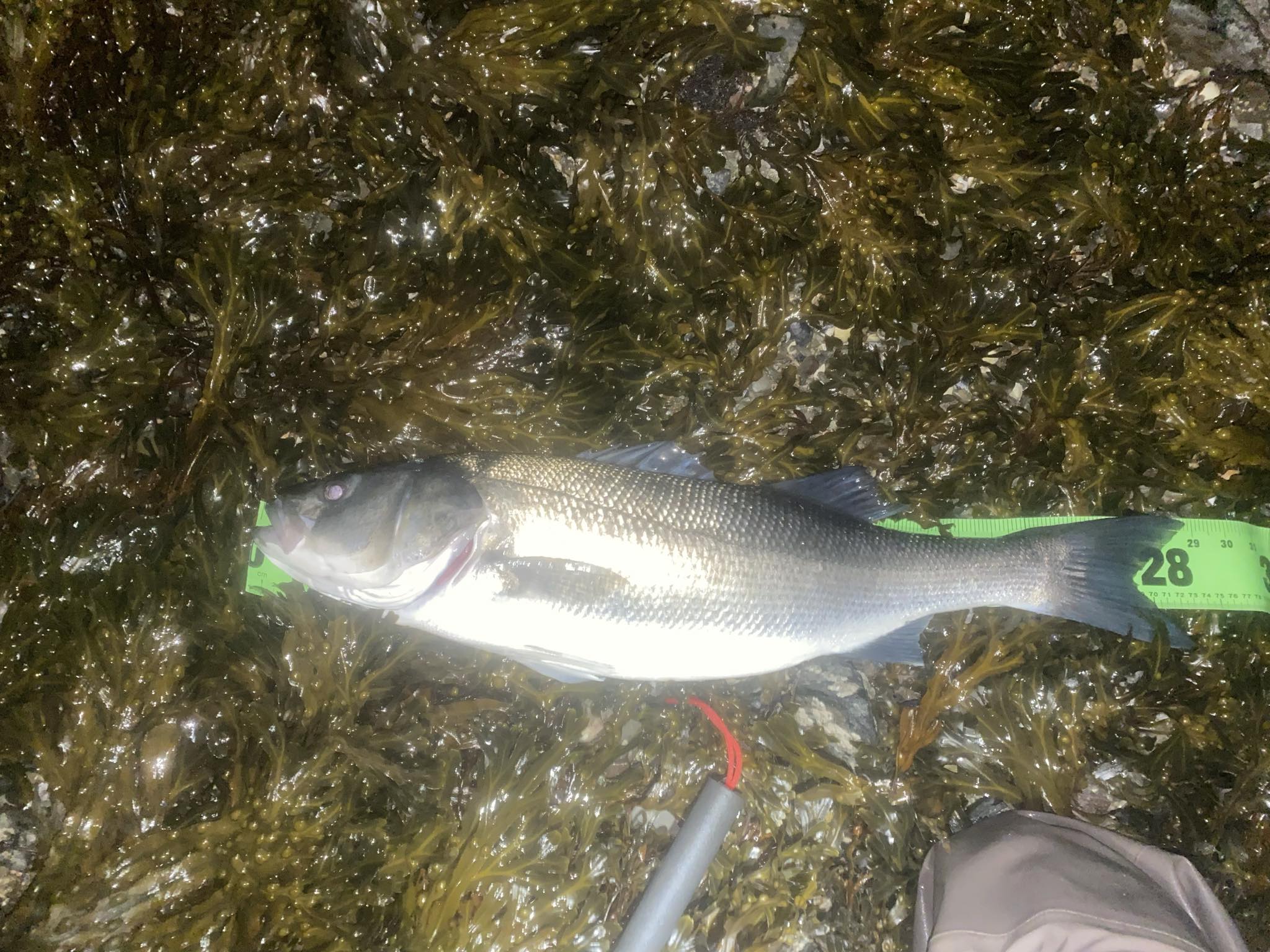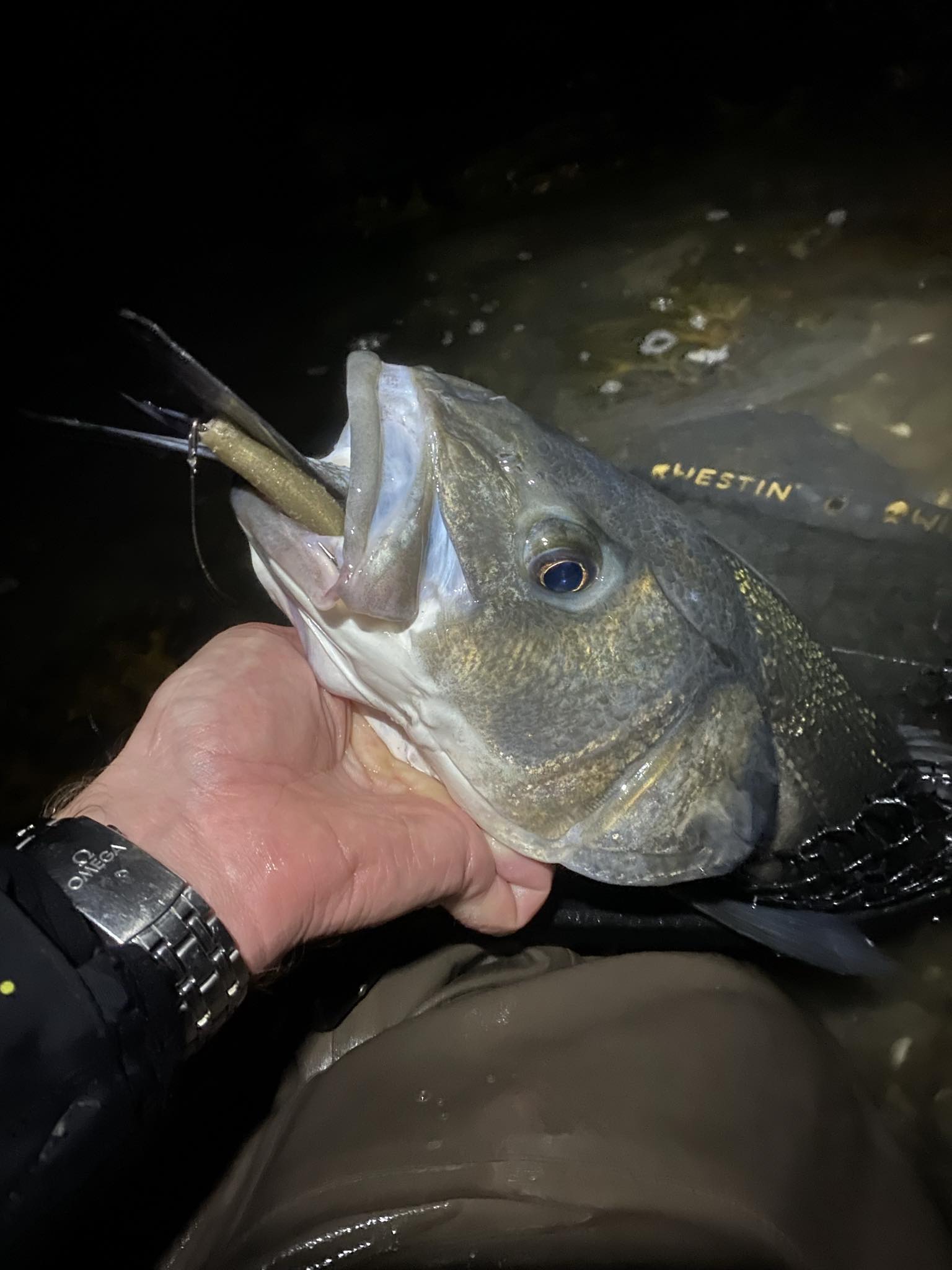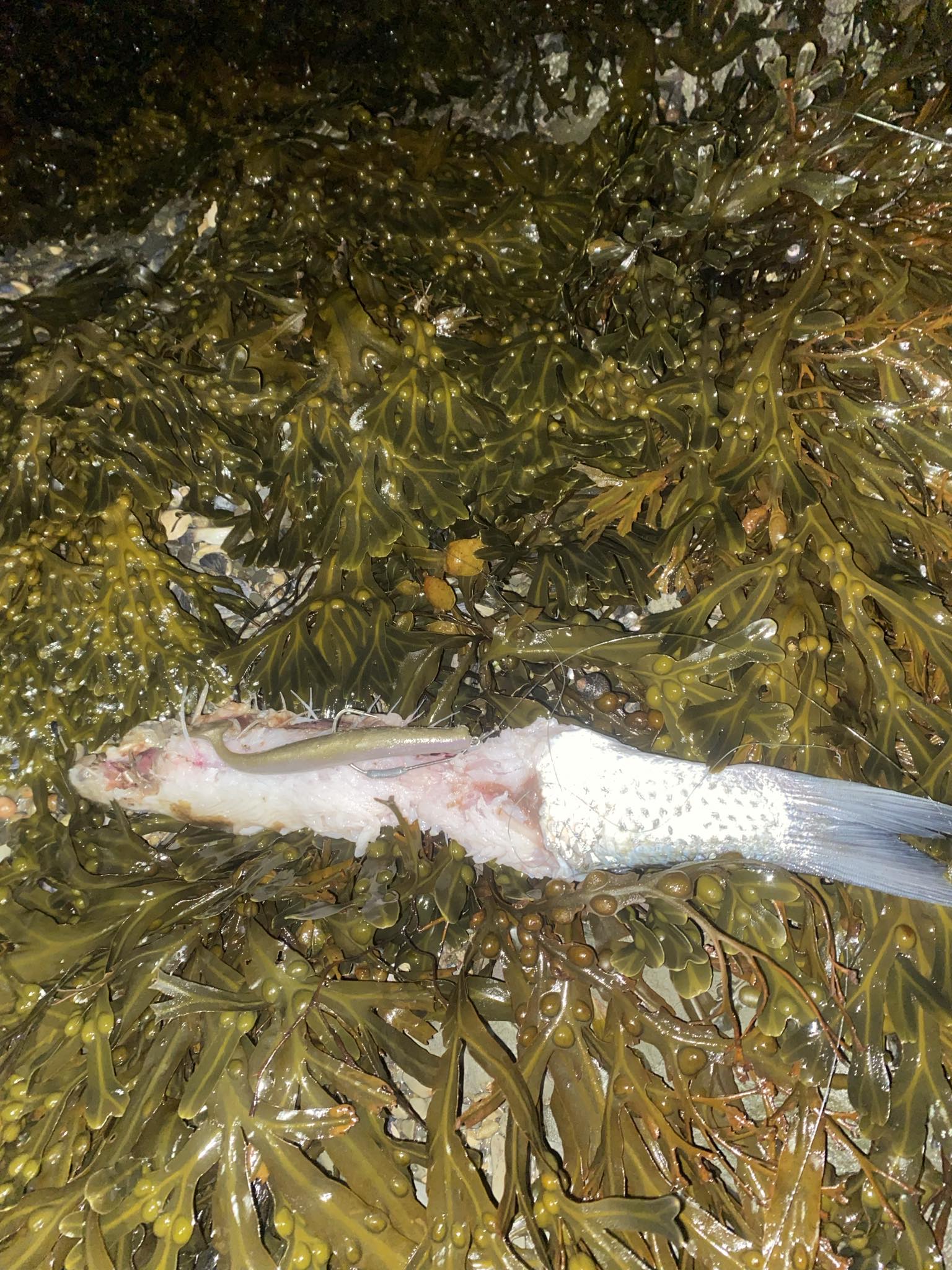
Mid October and the chance to get a trip out on Predator 2 with fellow Combe Martin SAC member Daniel Welch was too good to miss. Also on board was Dans wife Lyn and James Gubb-Fradgley. With light South Easterly winds forecast we set out from Ilfracombe Harbour at 12:30pm with a loose plan to do a bit of lure fishing and then drop the anchor.
The calm sea reflected the steel grey of the sky as we headed West. Dan had enjoyed some sport a few days previously fishing close into the cliffs West of Ilfracombe and so we headed to the same area. The boat was manoeuvred into position and we cast our lures towards the rocky shore.
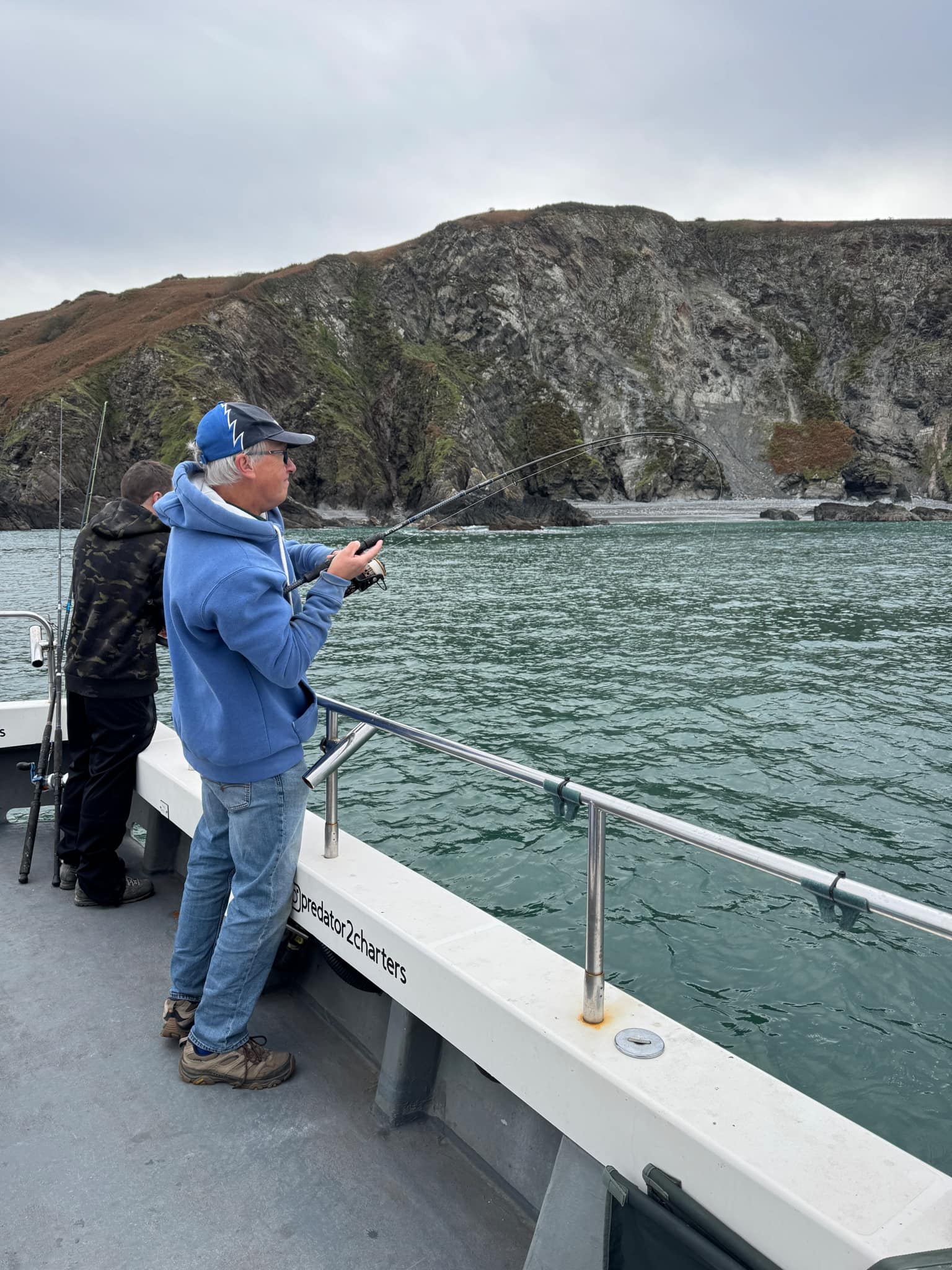
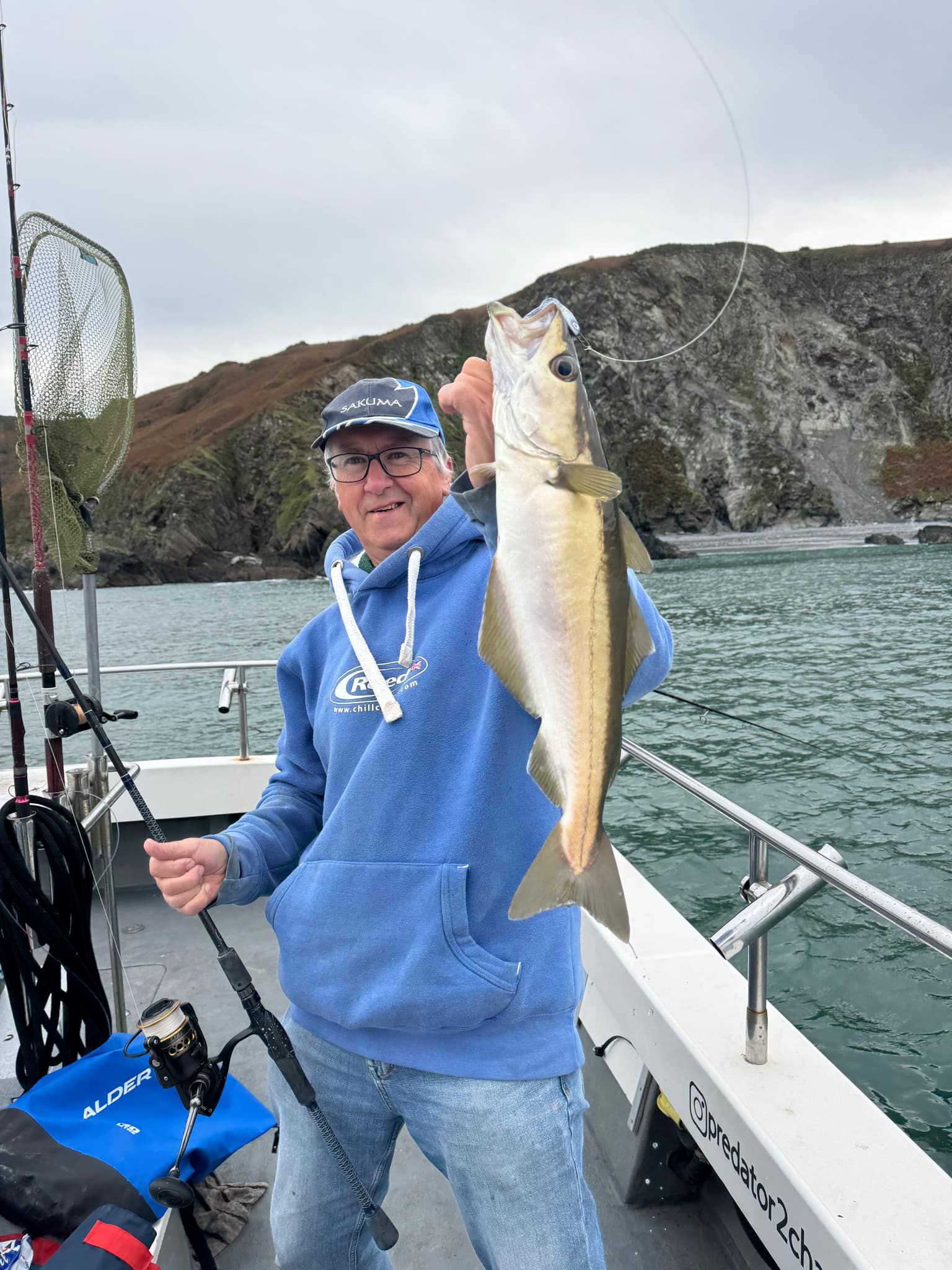
Bass were our target, but it was a pollock of around four pounds that smashed into my fiiish-black-minnow.
https://www.highstreettackle.co.uk/fiiish-black-minnow-12g-double-combo-size-3-120mm-3662-p.asp
We persevered for twenty minutes or so and had a few small garfish follow our lures but no other fish of note. We then headed out to a reef offshore and had several drifts with no success despite seeing some substantial images on the fish finder. With just one small bass to Dan we decided to head back towards Ilfracombe and anchor up over a gulley that dissects an area of rough ground.
It was good to relish the quiet expectation that arrives when the engines are cut and the boat settles at anchor. We sent down big fish baits and hoped to connect with a late season tope.
After a few dogfish and a small huss. James had a tentative rattle and decided to check his bait. He let out an exclamation as he glimpsed a large shape following his bait to the surface. A good sized tope estimated at 50lb to 60lb swerved away at the last moment disappearing back into the steely green waters.
This sighting enhanced the sense of expectation as we all tensed waiting for the next bite that could signal connection with the big tope. Deciding to check my bait I lifted the rod from the rod holder and suddenly felt a savage tug the rod tip folding over as what I assumed was a tope seized the bait. Caught off guard I had not let the fish take the bait properly and connection was brief the mackerel head and flank showing a row of lacerations from razor sharp teeth.
A fresh bait was sent back down and within a minute or so I felt a savage pull, I allowed a few yards of line to be taken before tightening the drag and winding into the fish. The rod hooped over and several yards were begrudgingly given before the fish succumbed to heavy pressure as I coaxed it towards the surface. A good sized tope appeared boat-side and was swiftly netted by Dan who was kept busy as Lyn Welch brought a similar sized tope to the boat and waiting net.
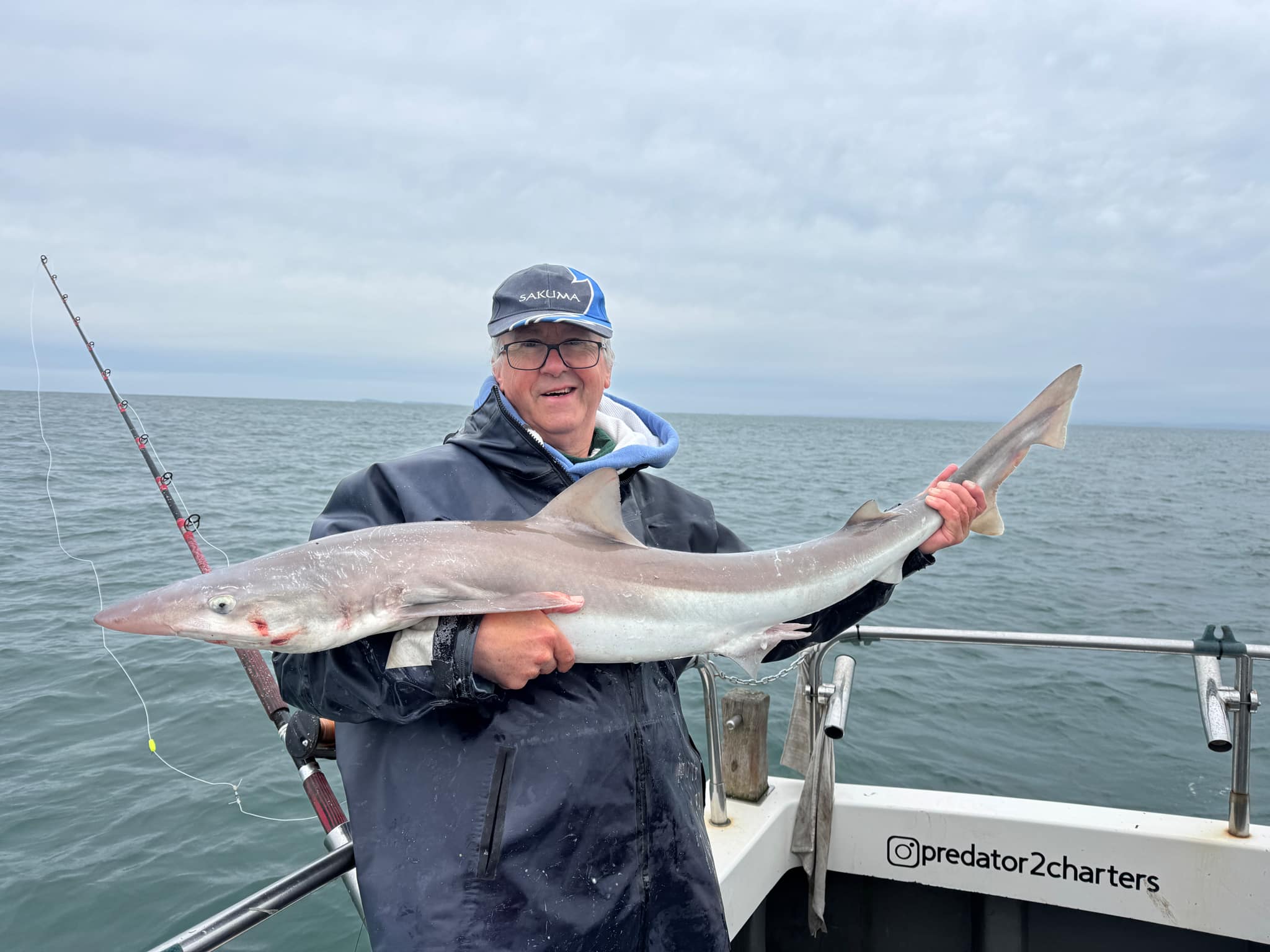
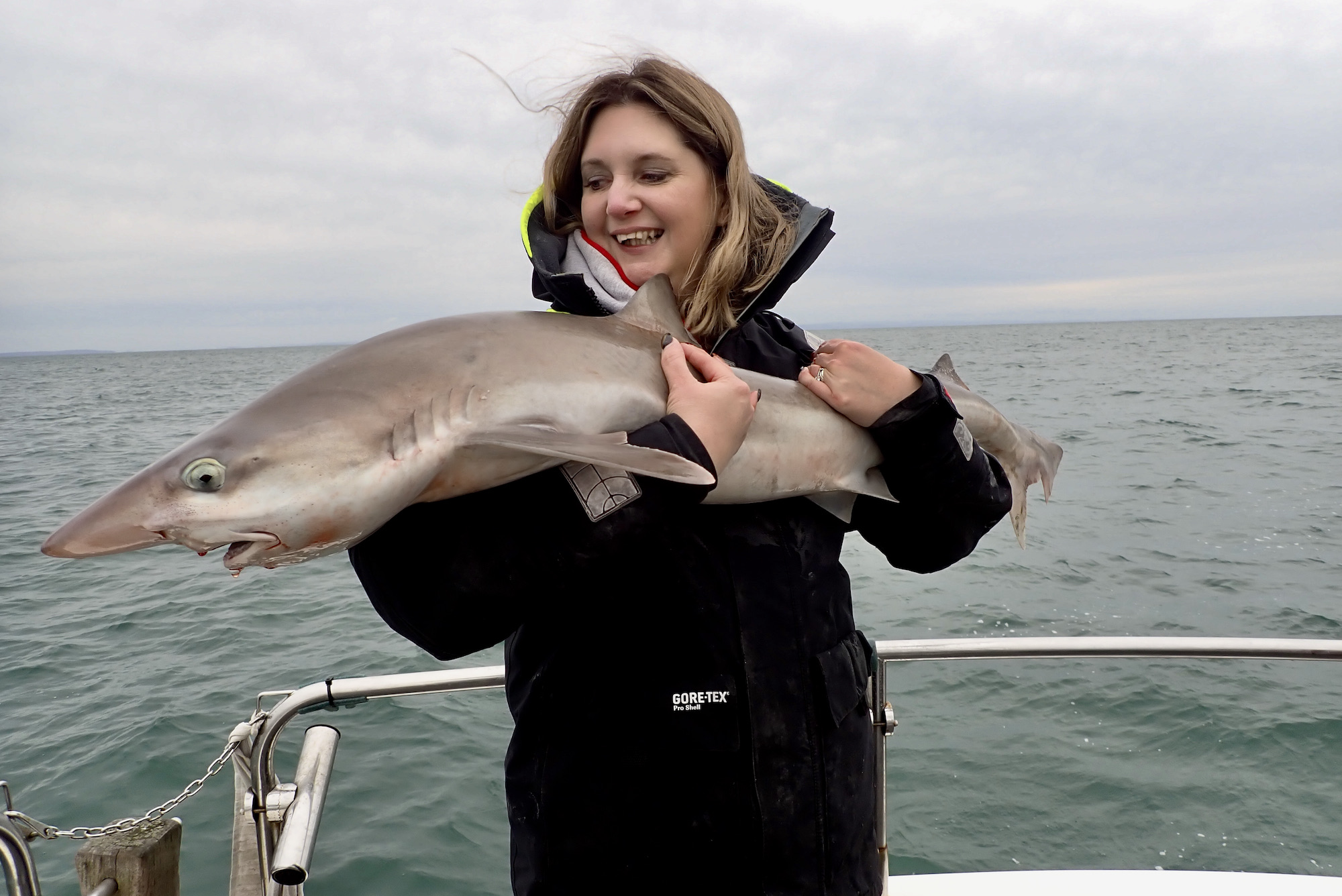
James was next into action with the tope bringing another similar sized fish estimated at between 25lb and 30lb.
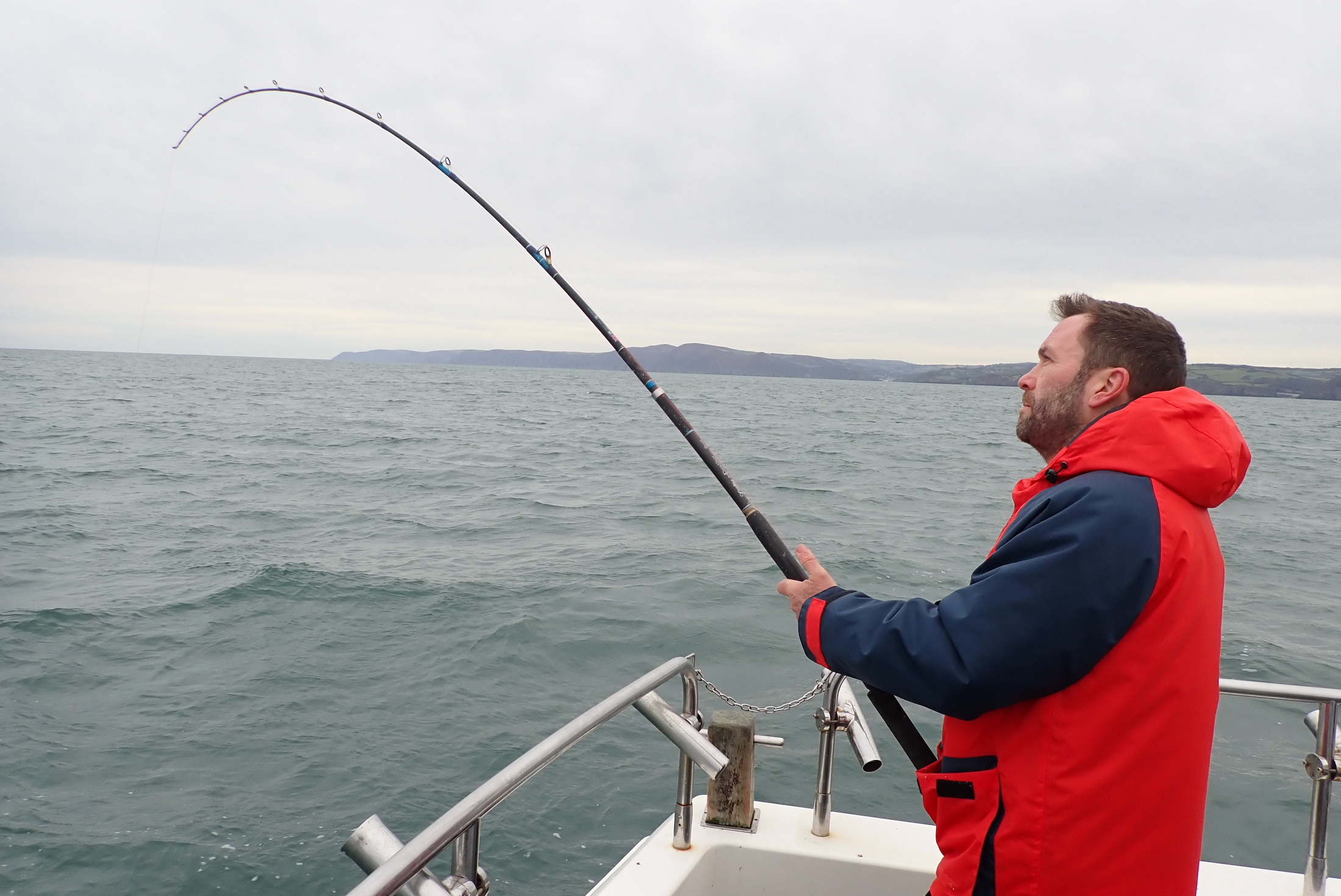
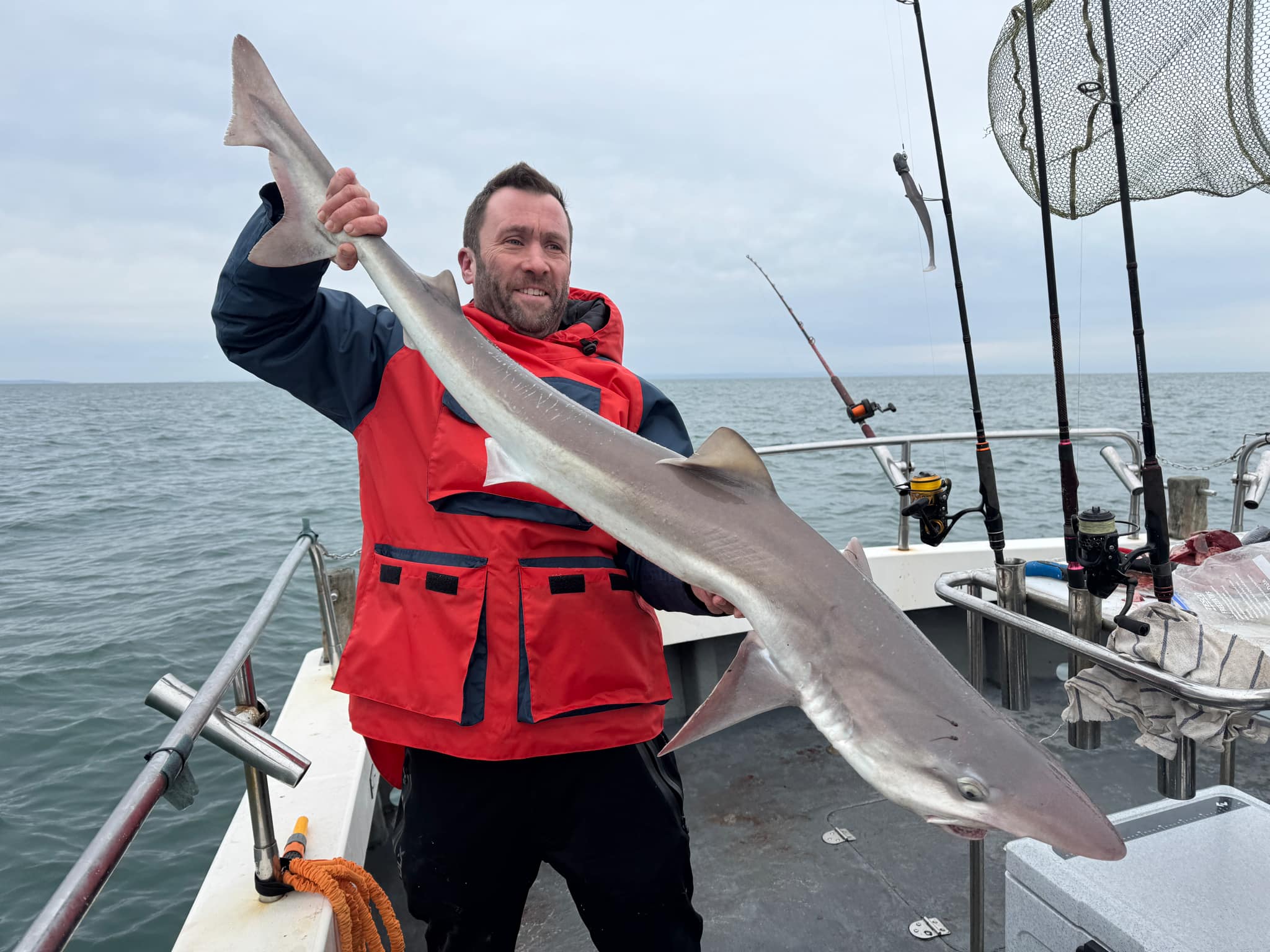
As the tide eased we expected more tope but it seemed that the pack had moved on or gone off the feed.
A steady succession of bull huss were then caught; the biggest probably nudging double figures. Huss are undoubtedly a good fish to photograph with their spotted flanks resembling the colours of a leopard.
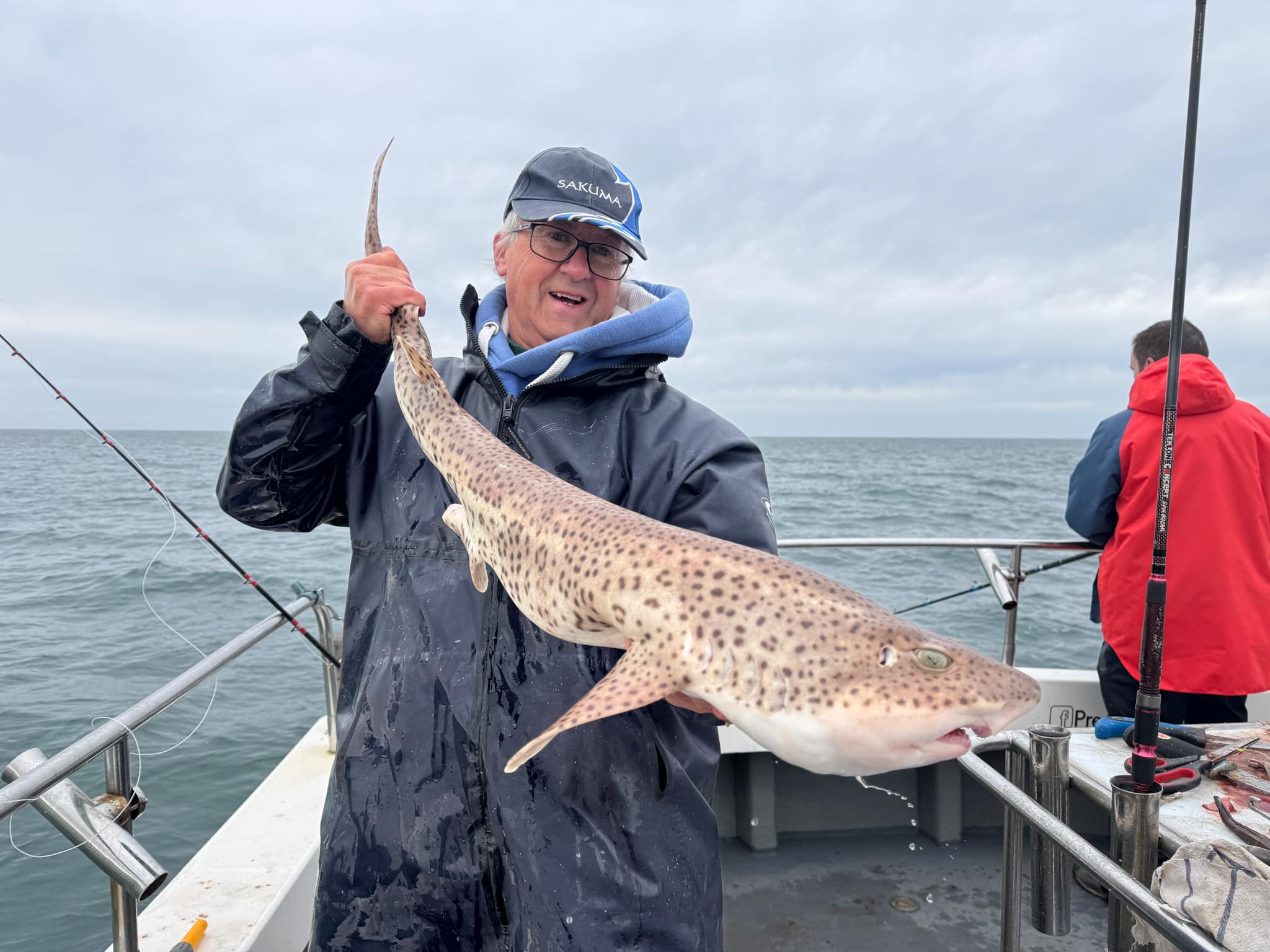
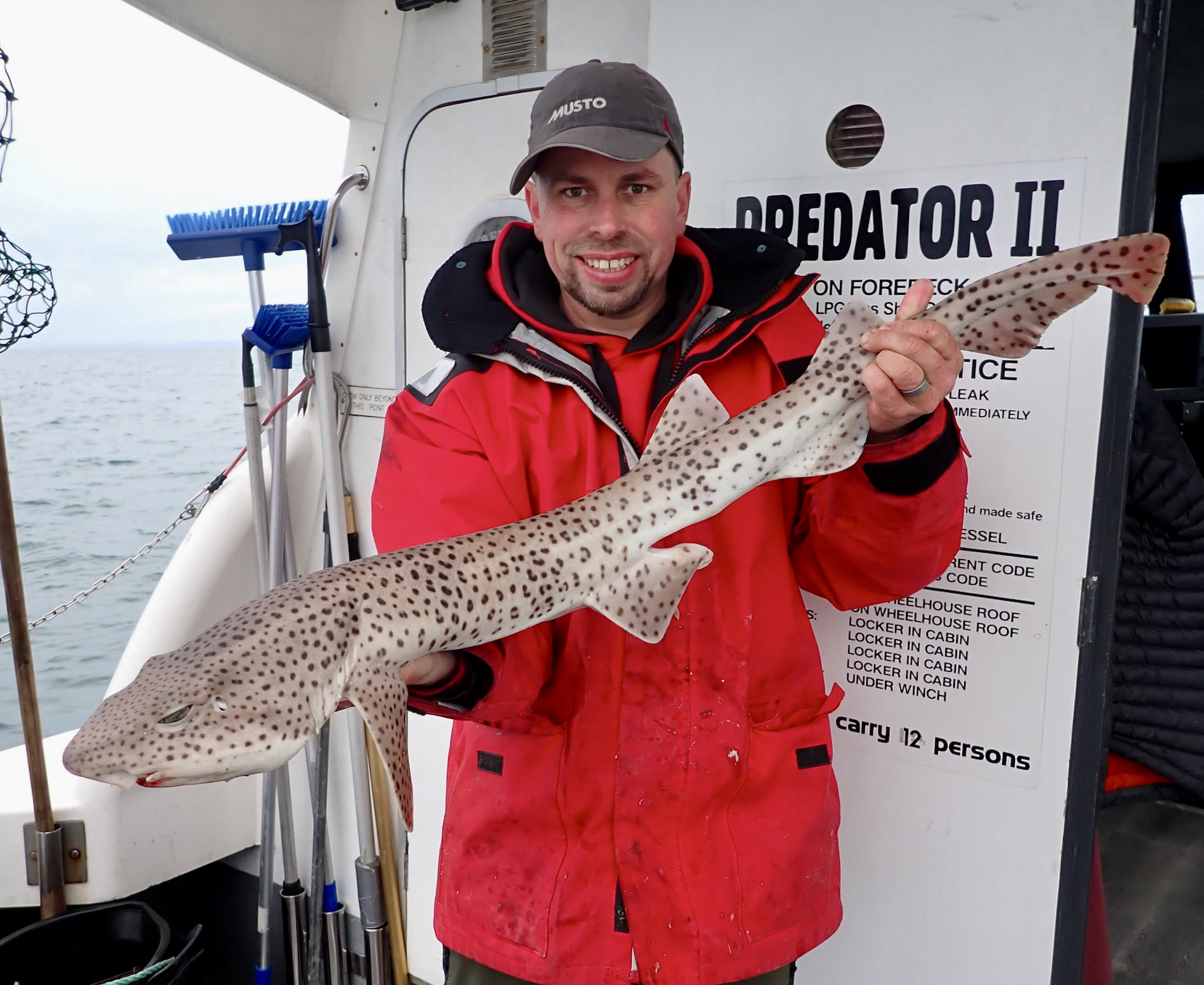
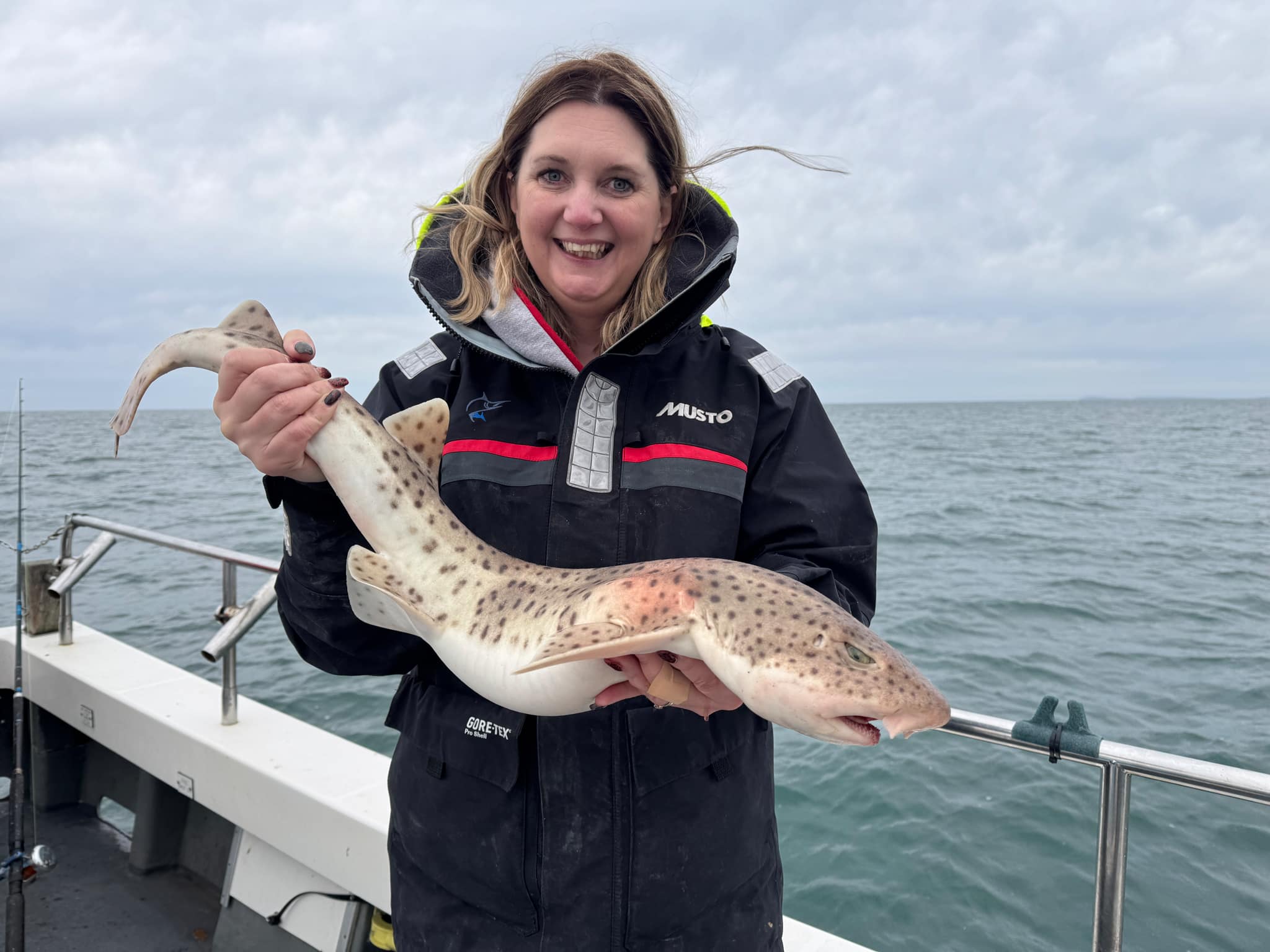
As the tide picked up bites started to ease and with a chill East wind whipping down the channel we reeled up our baits and headed back to Ilfracombe. These short sessions over the top of the tide are often as rewarding as a full day with the fishing concentrated into the peak fishing time.
Talk of next seasons plans were already being discussed with some longer ventures a possibility. In these changing seas the prospects for boat fishing are exciting.

